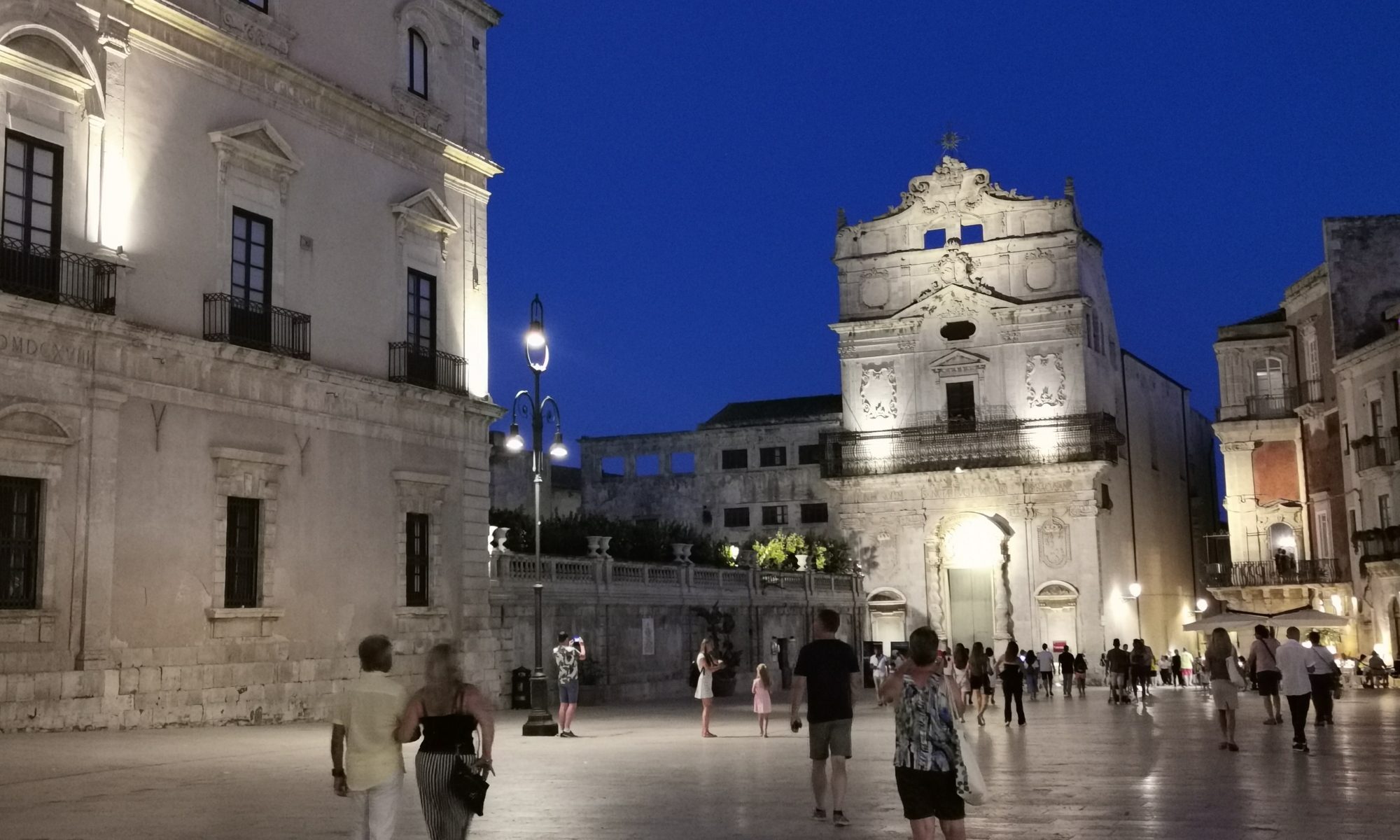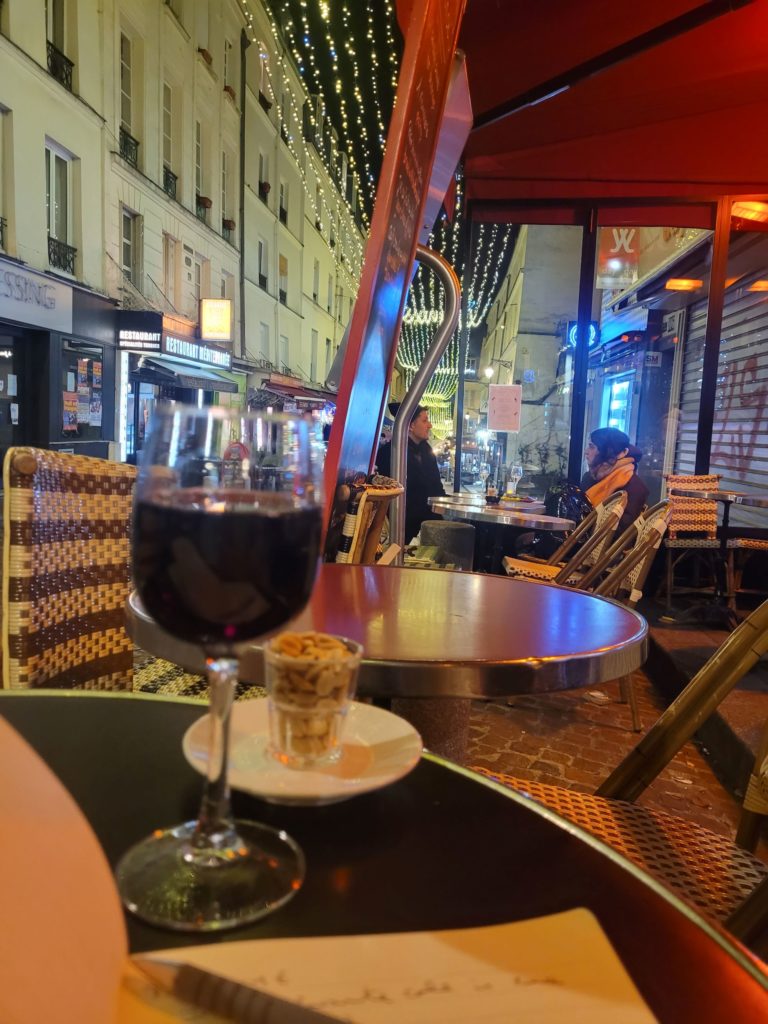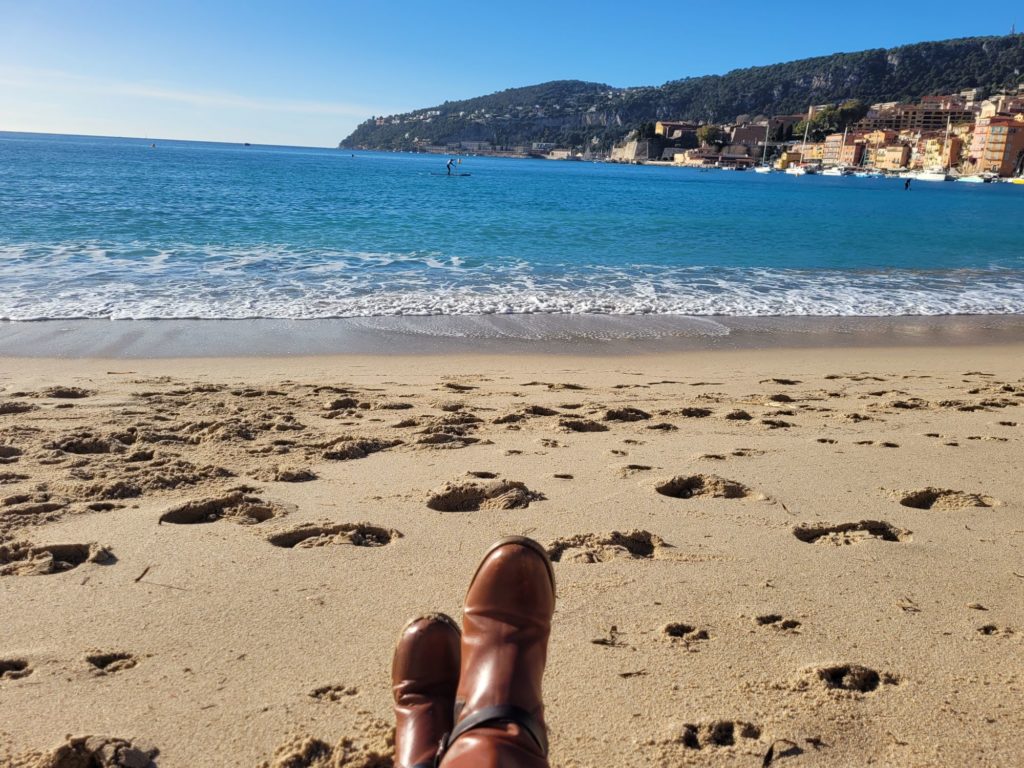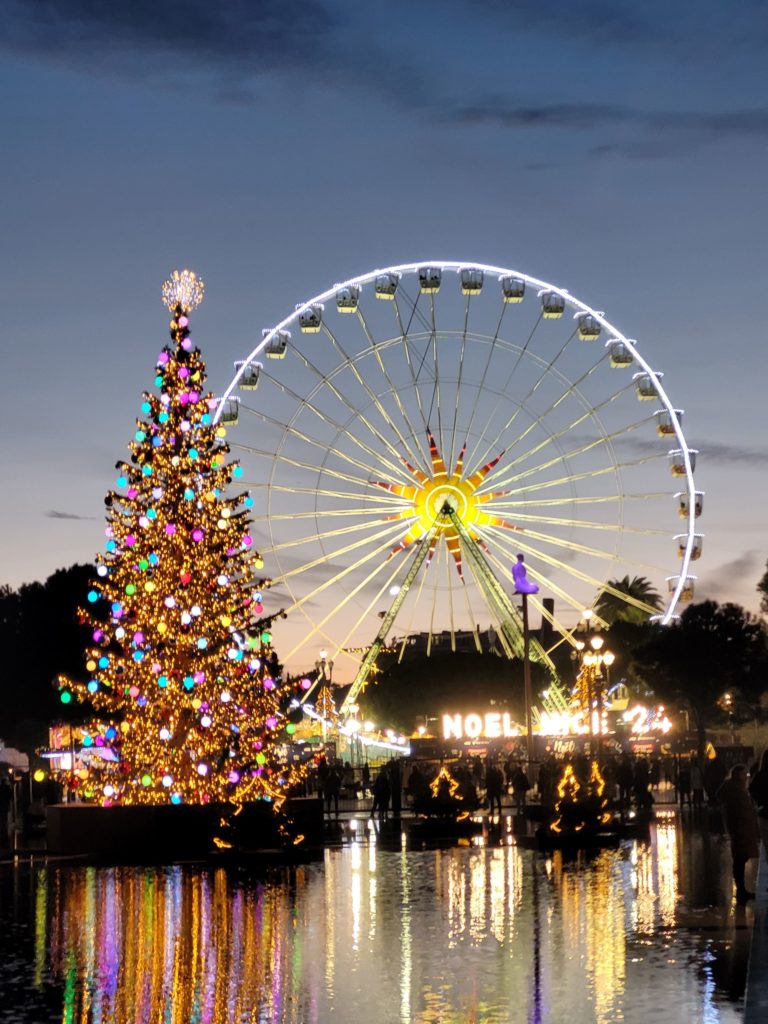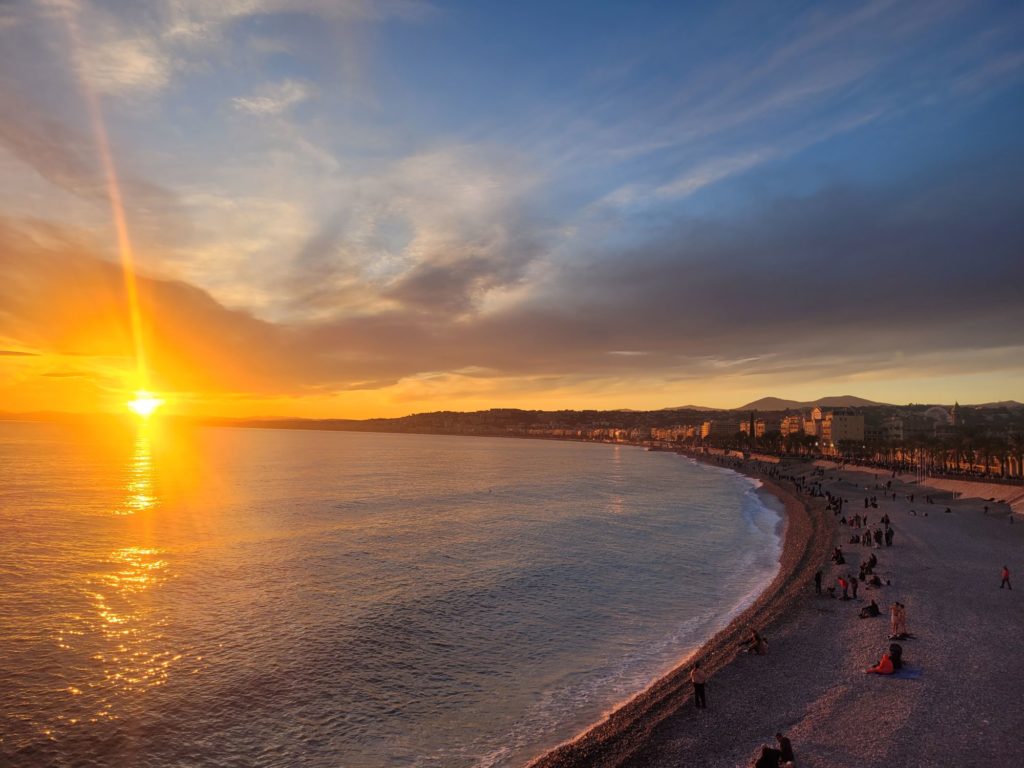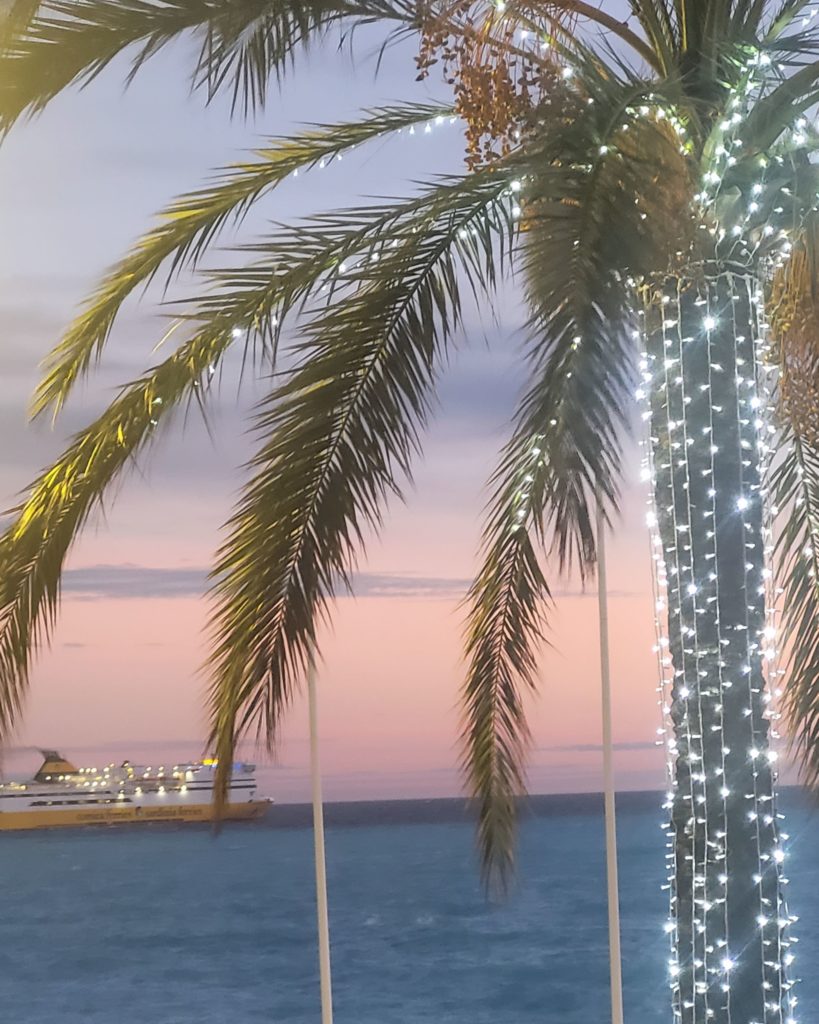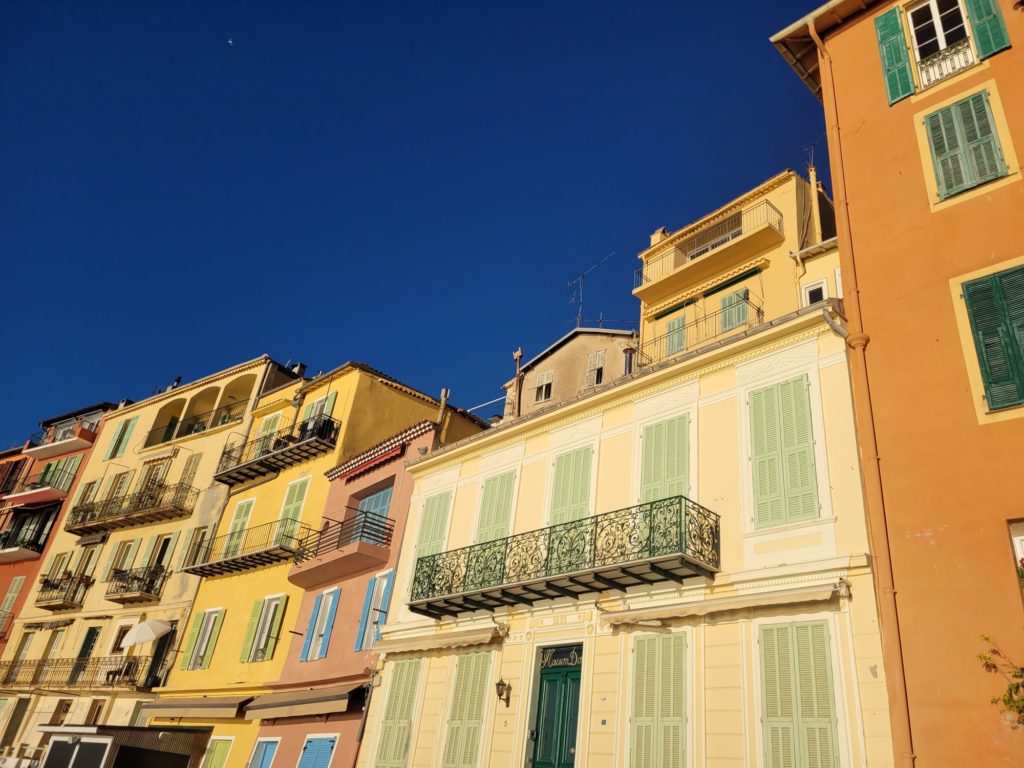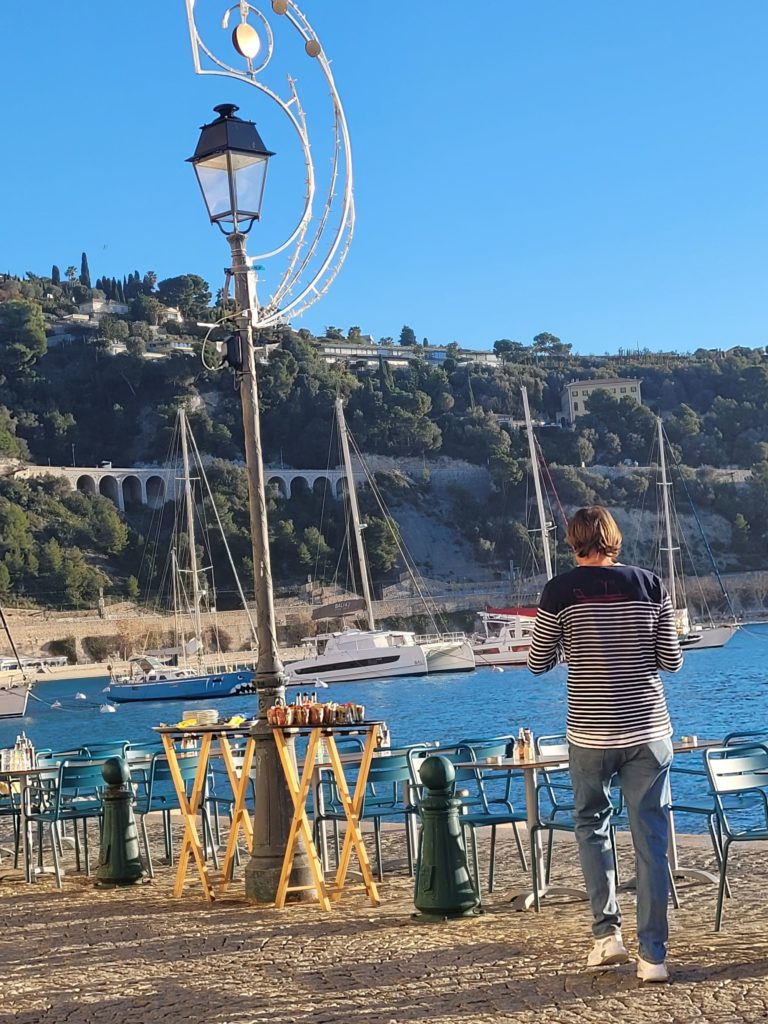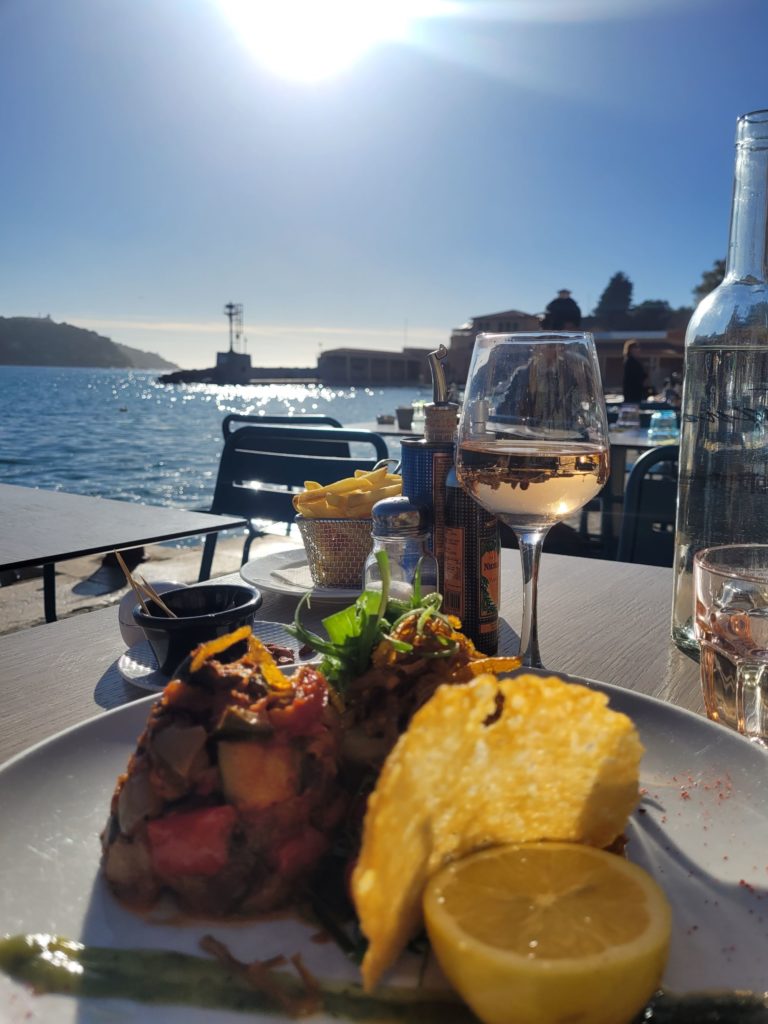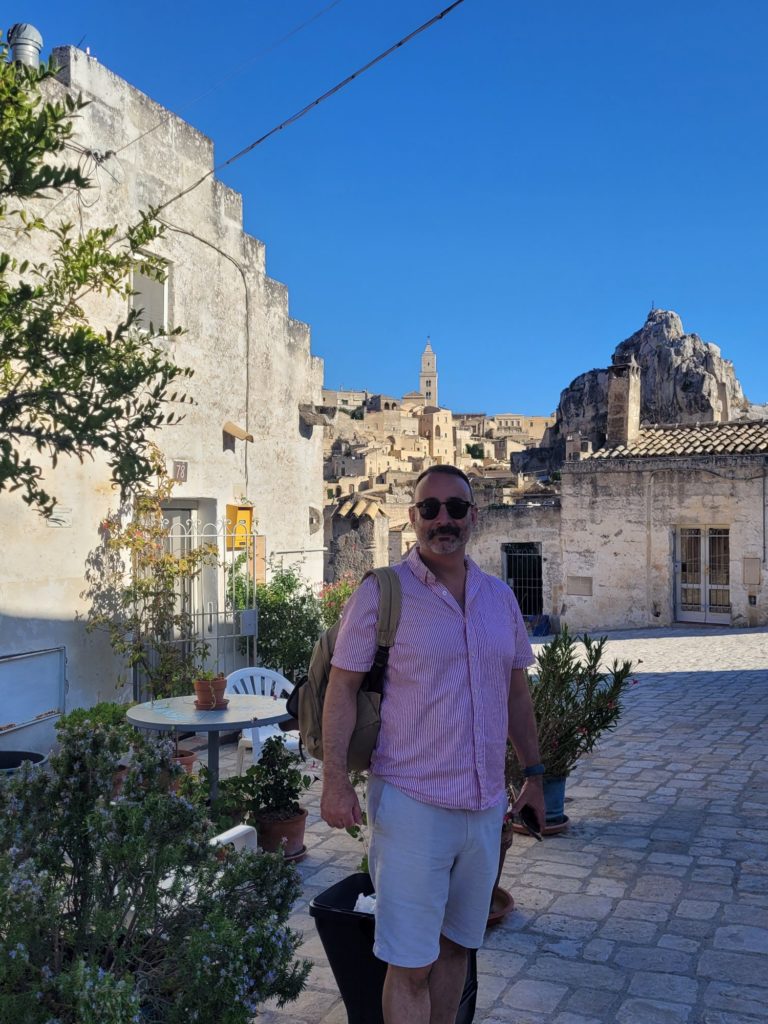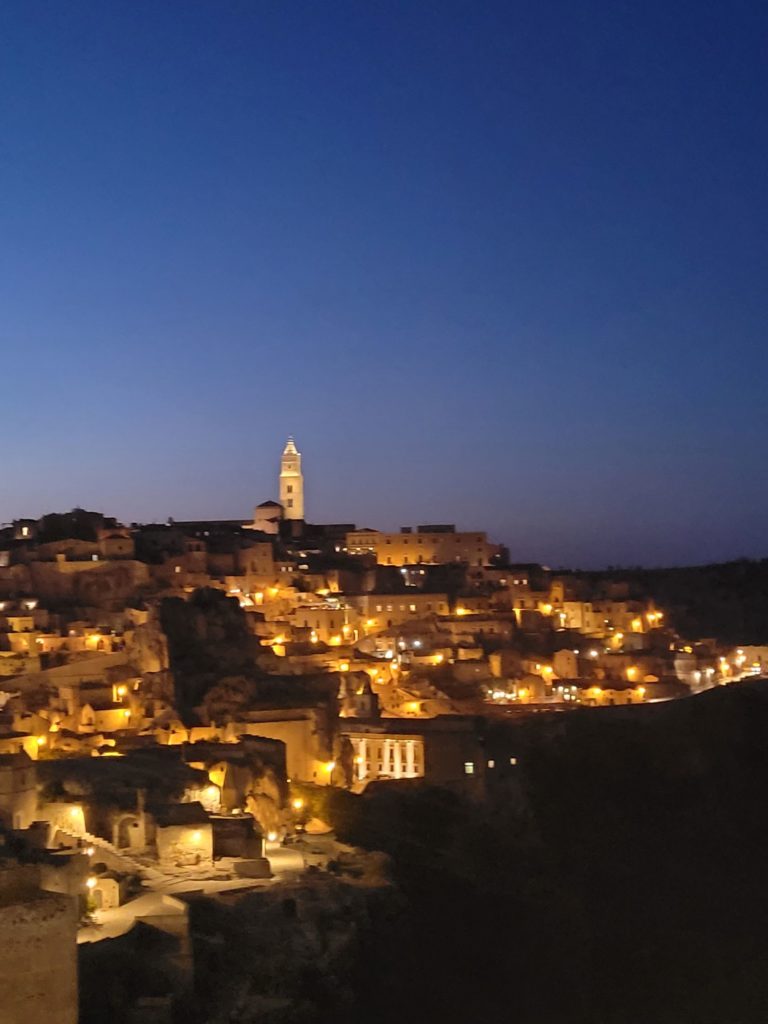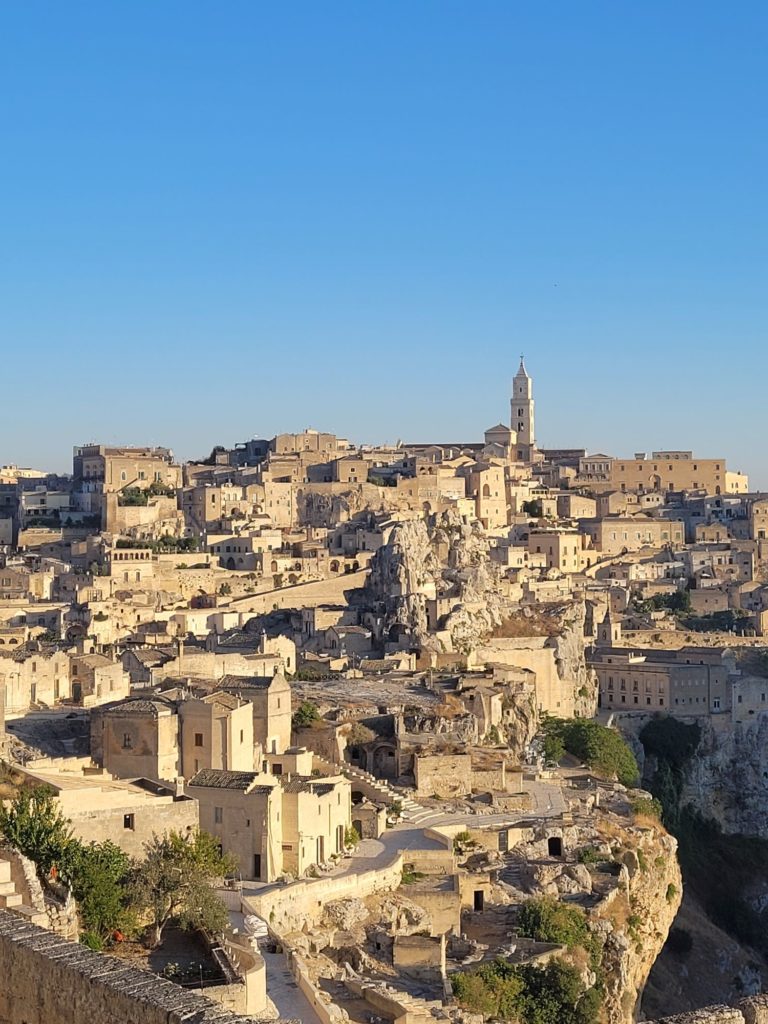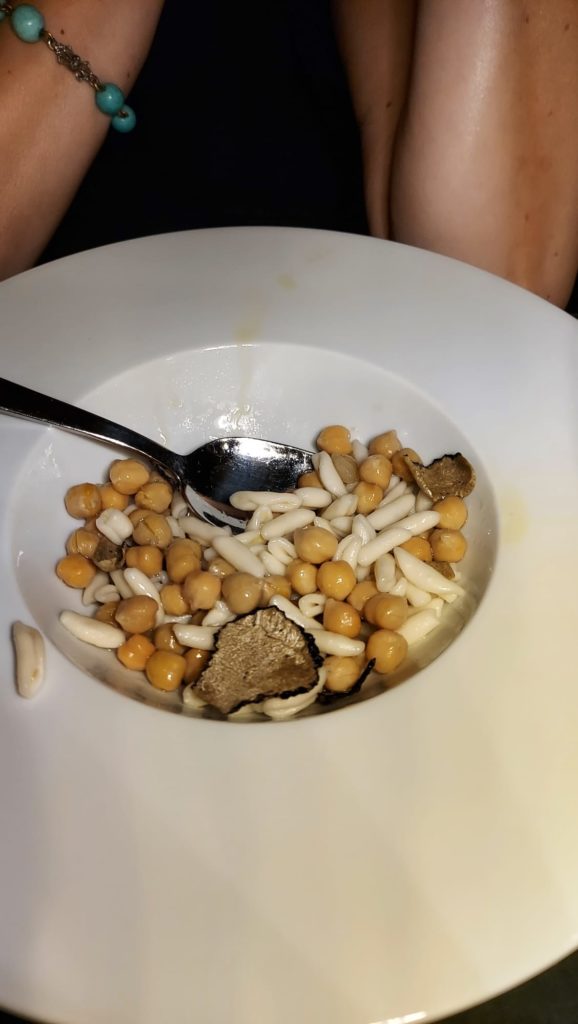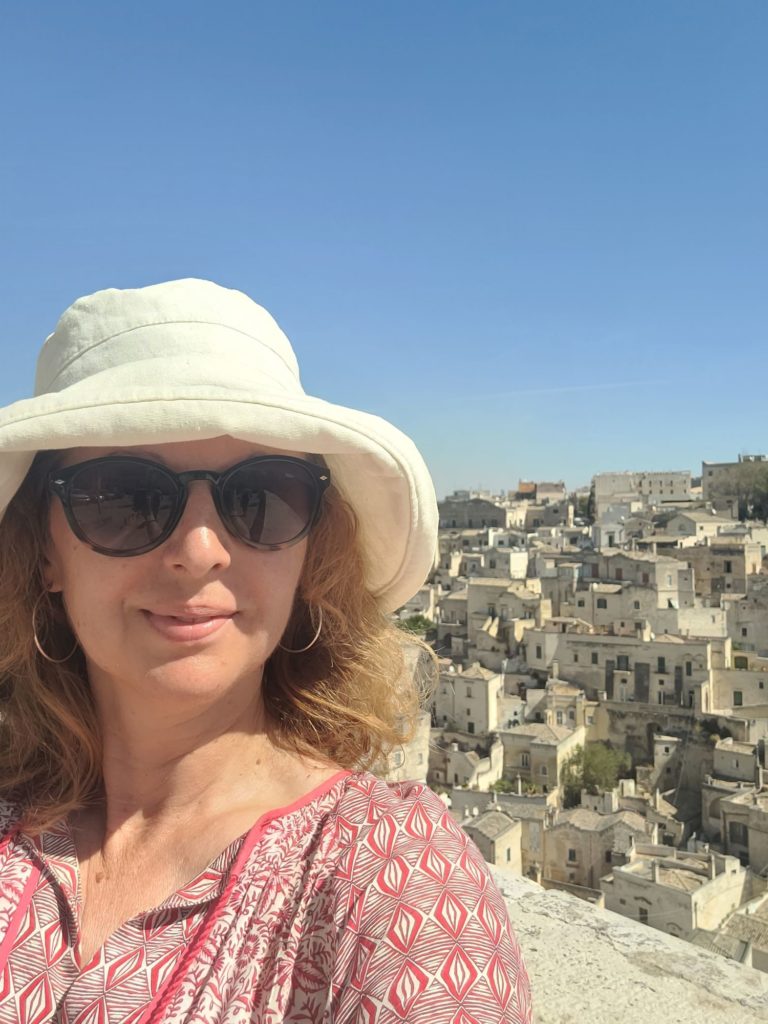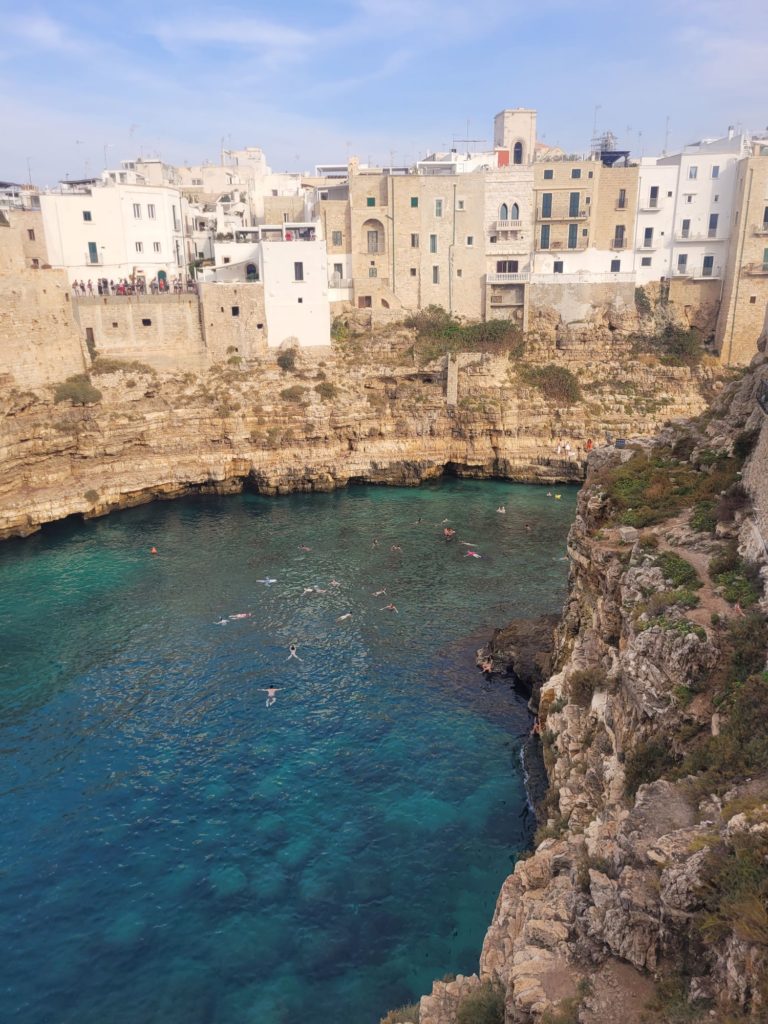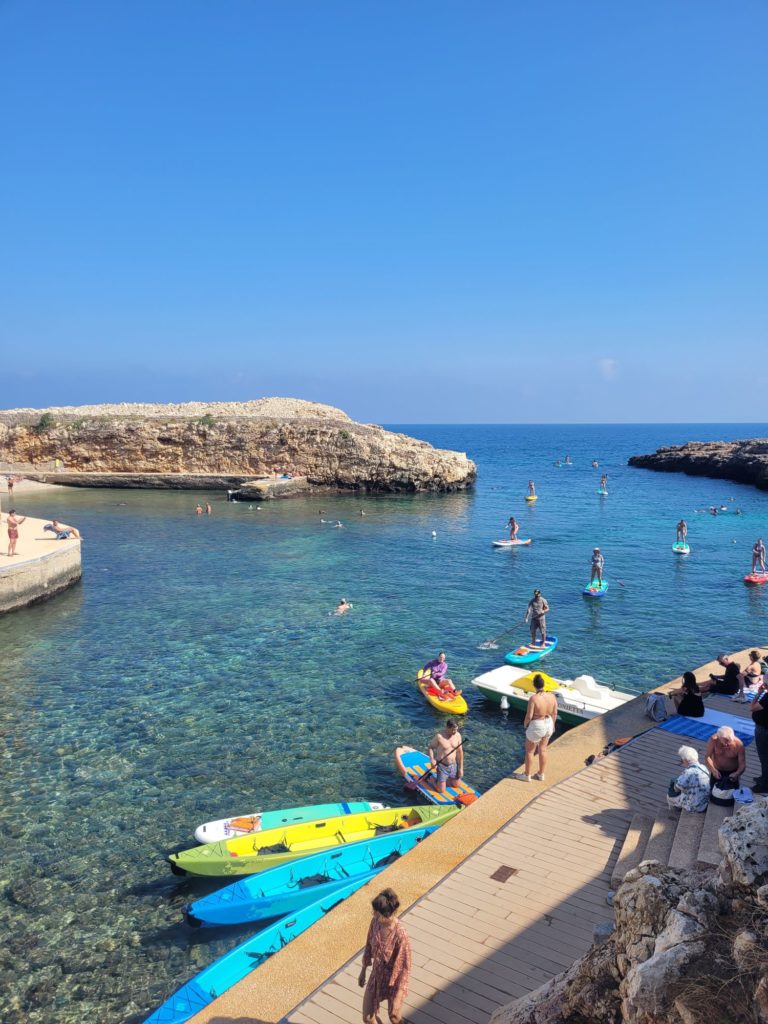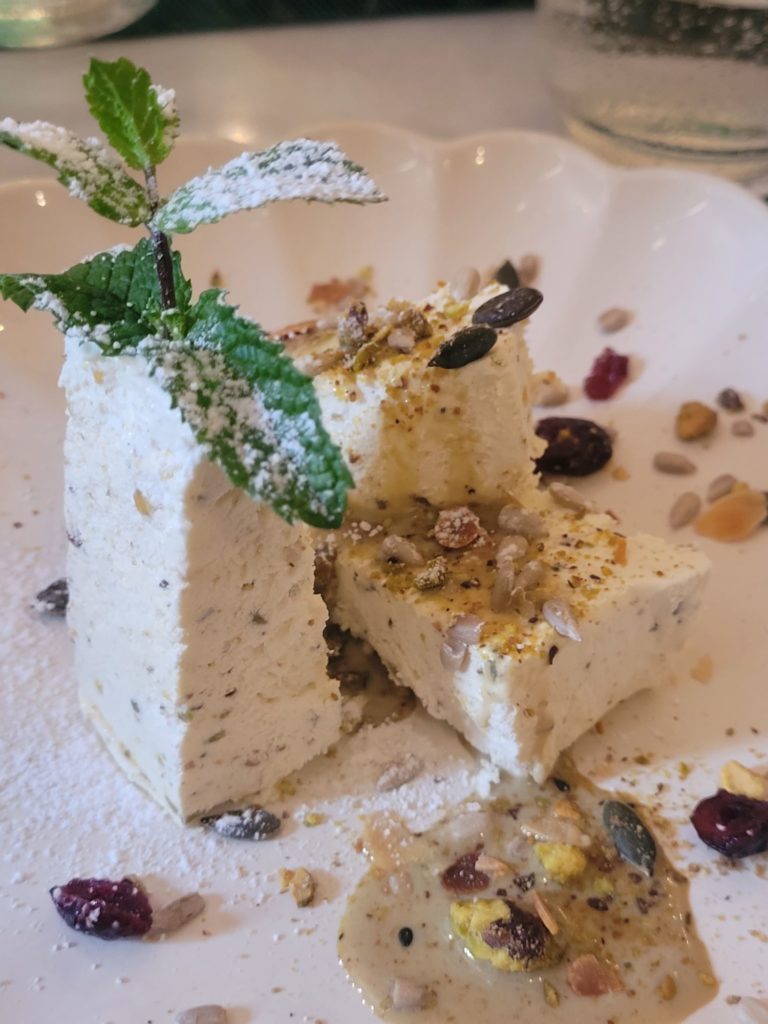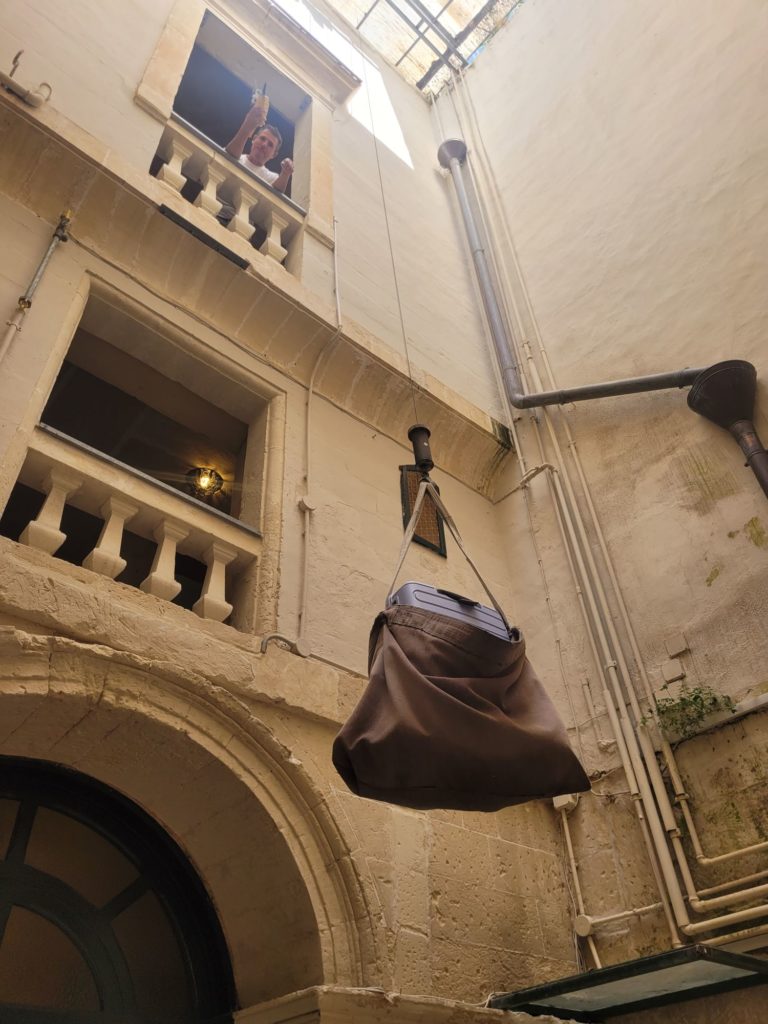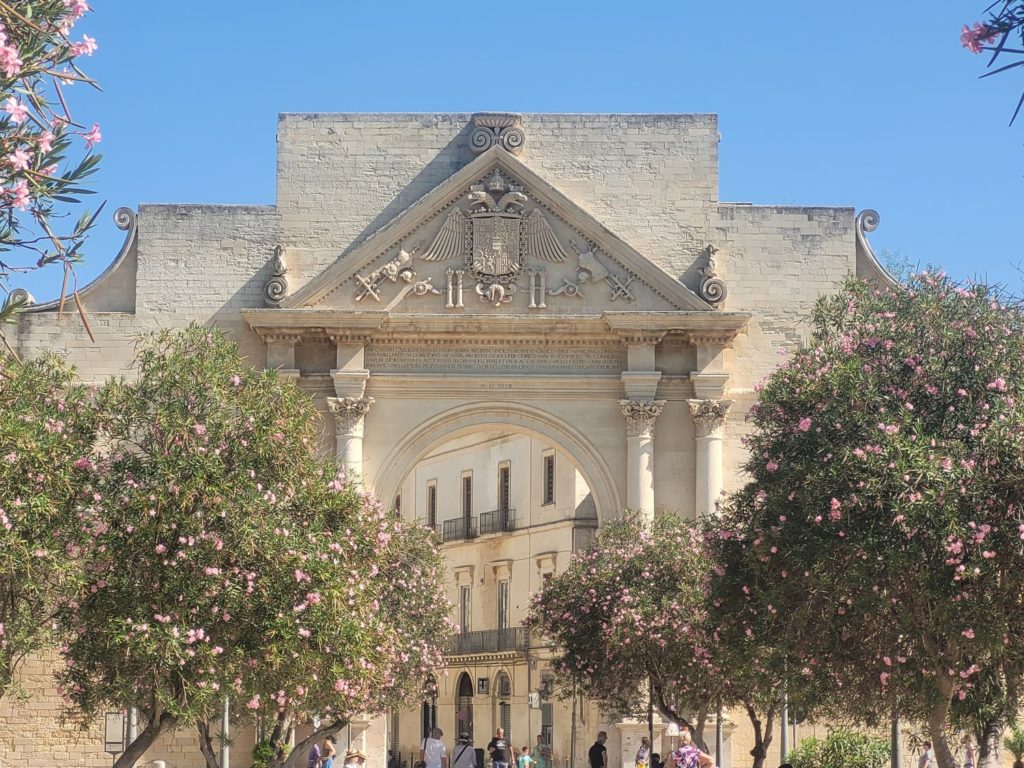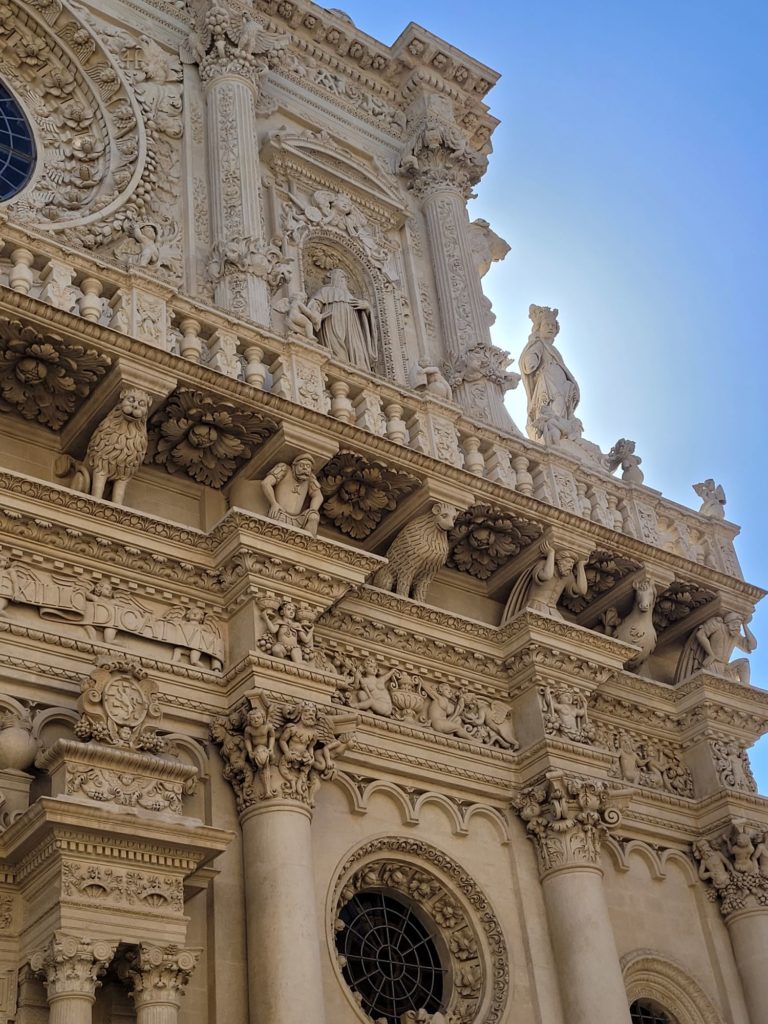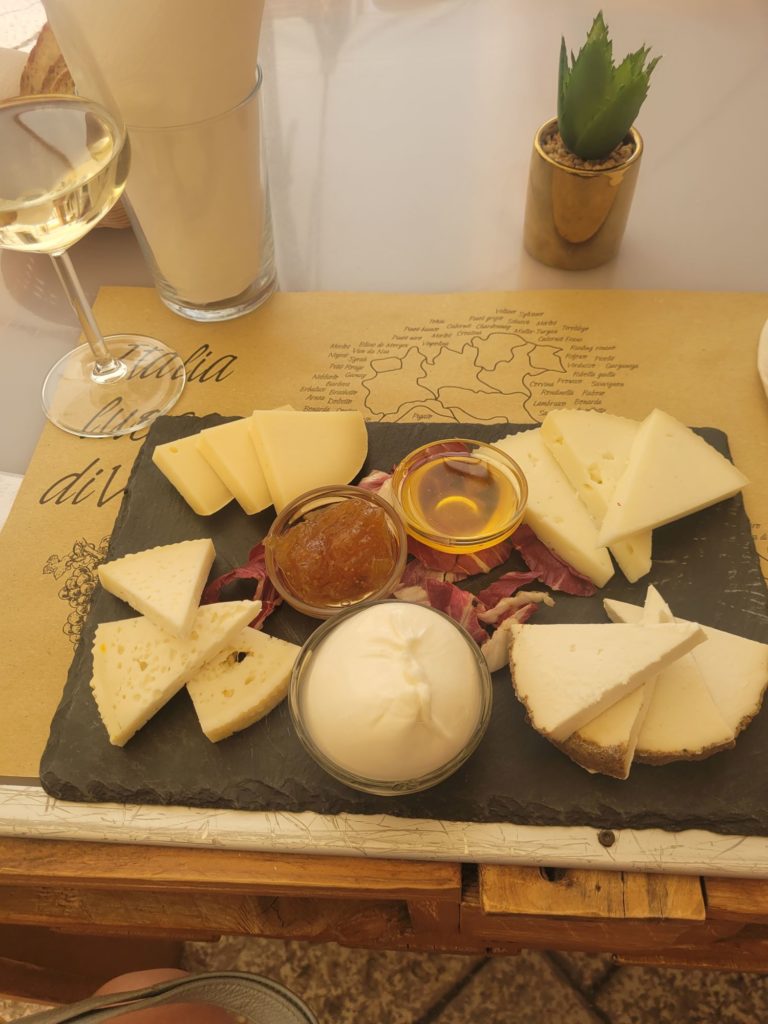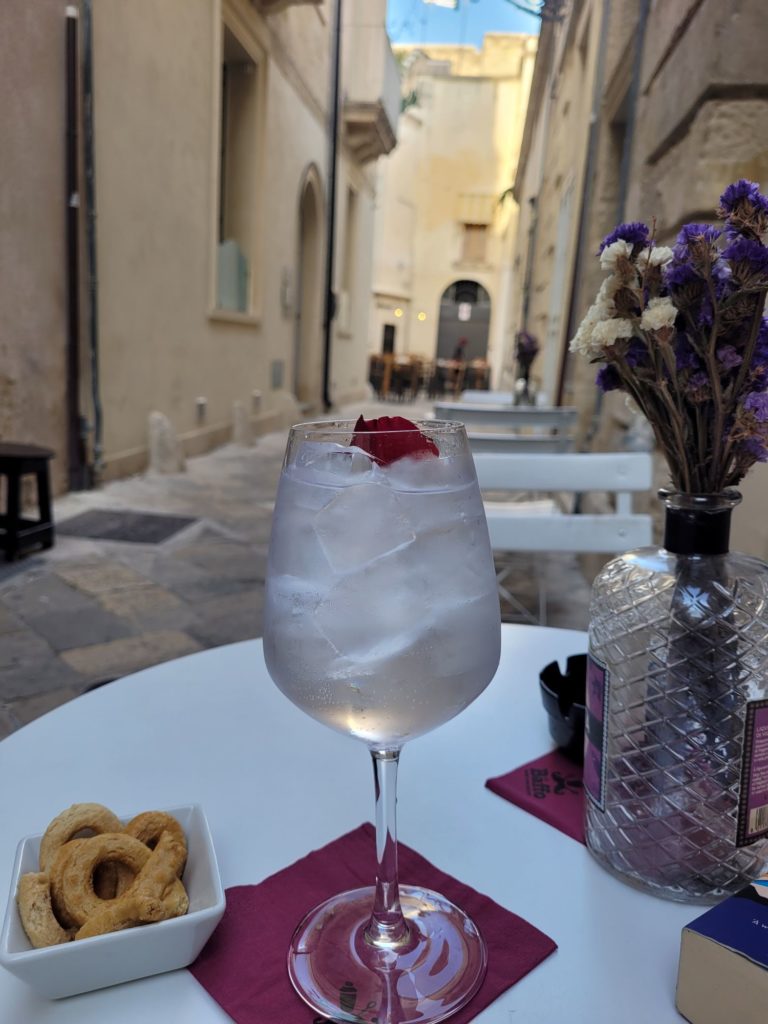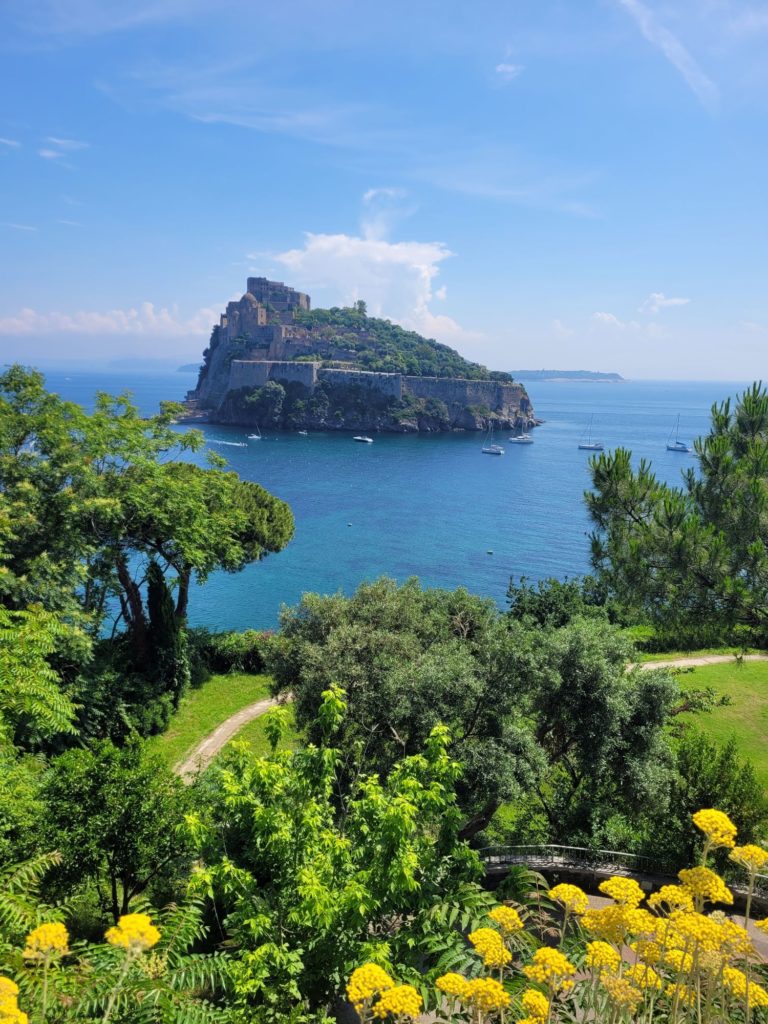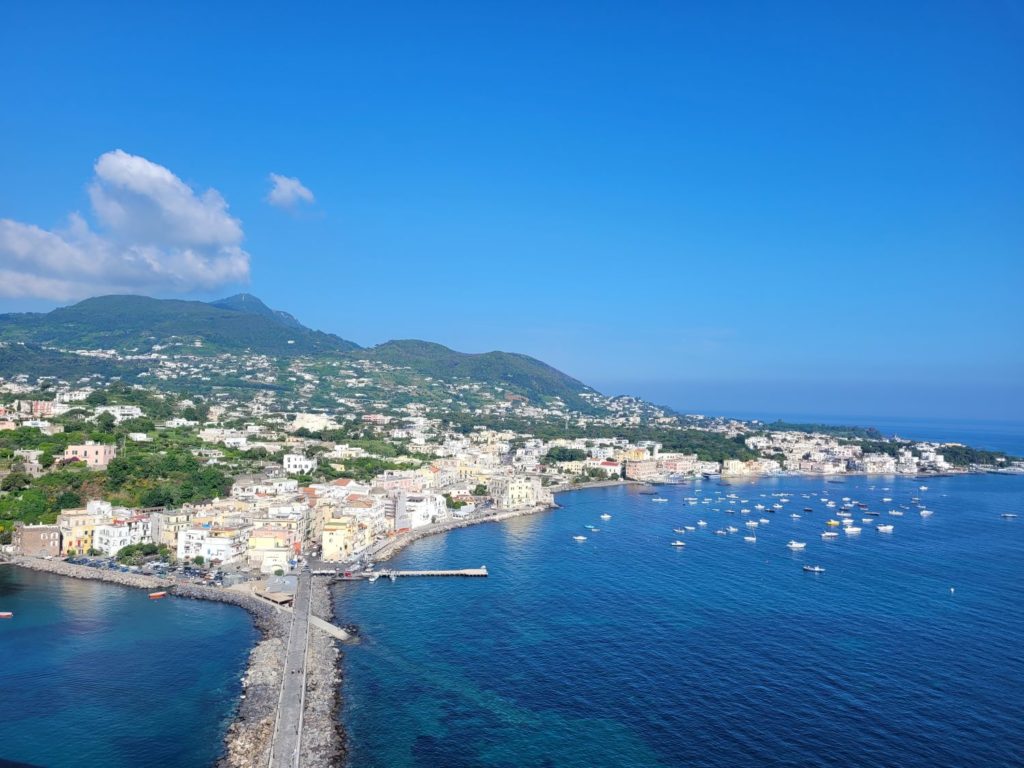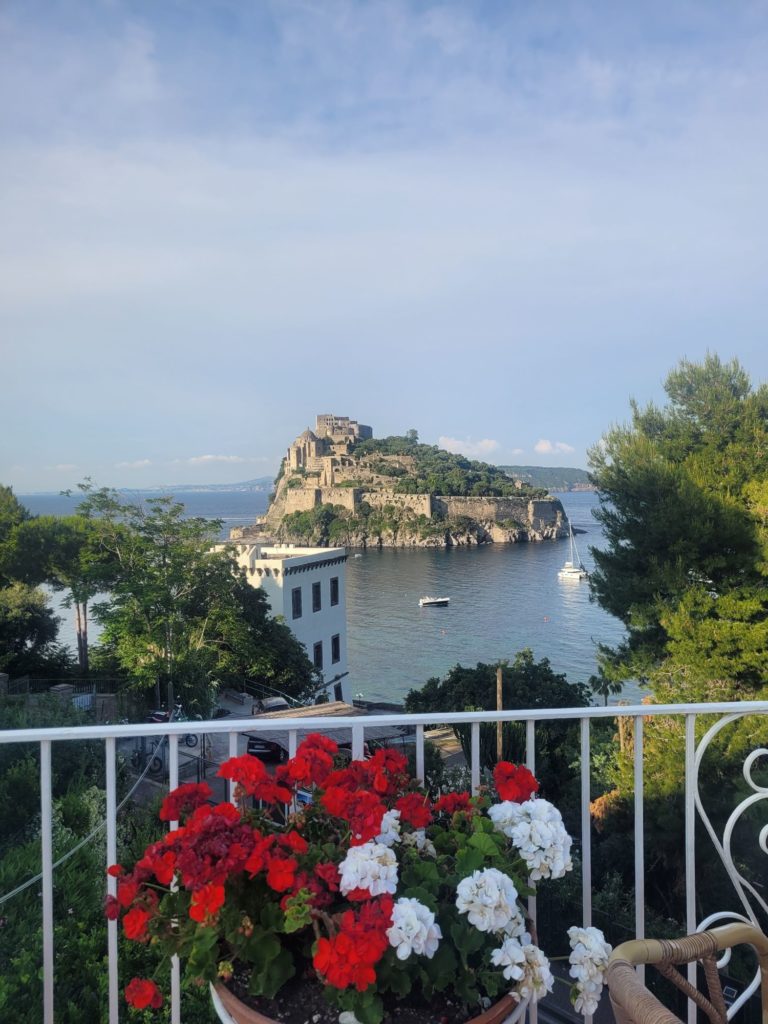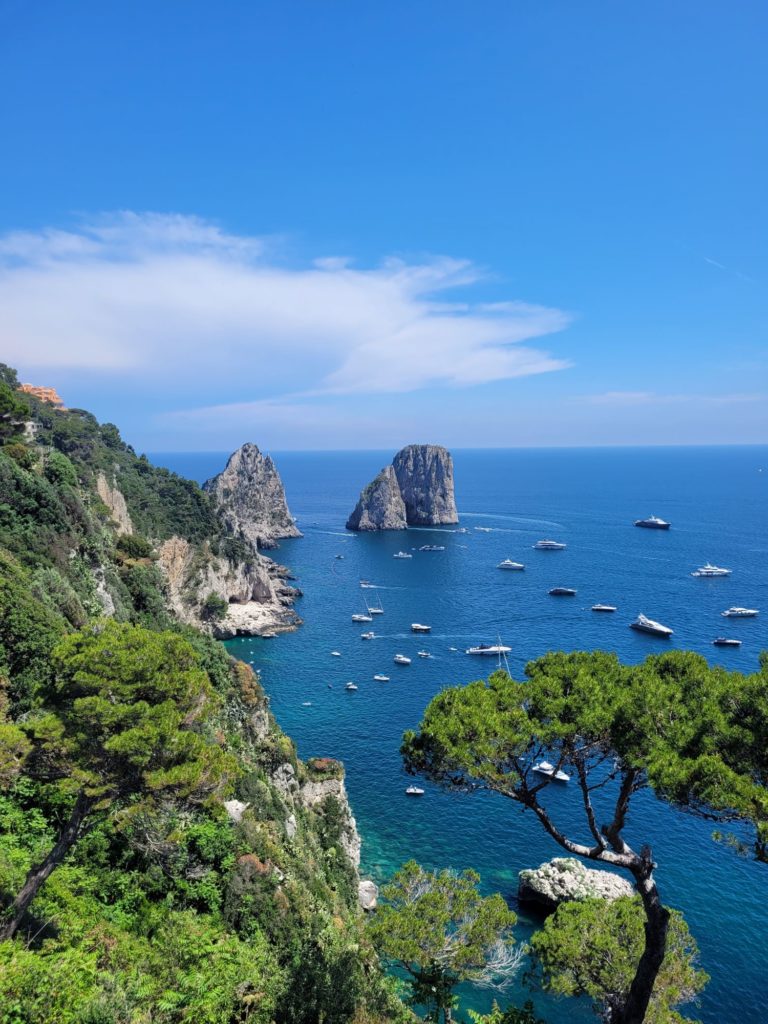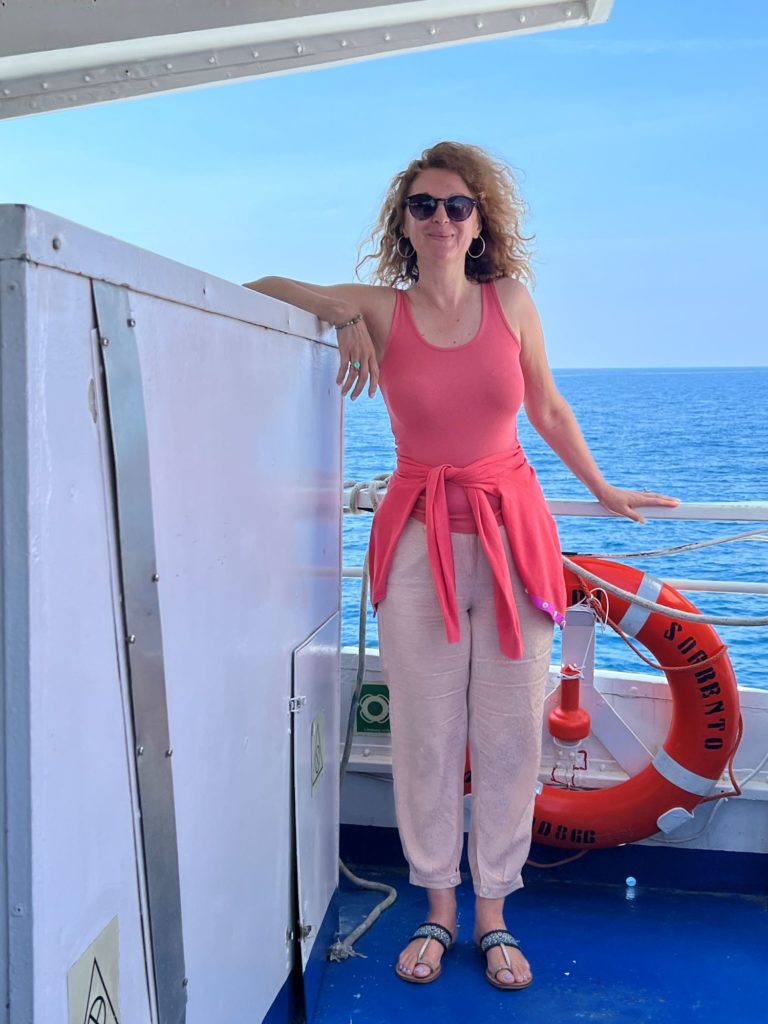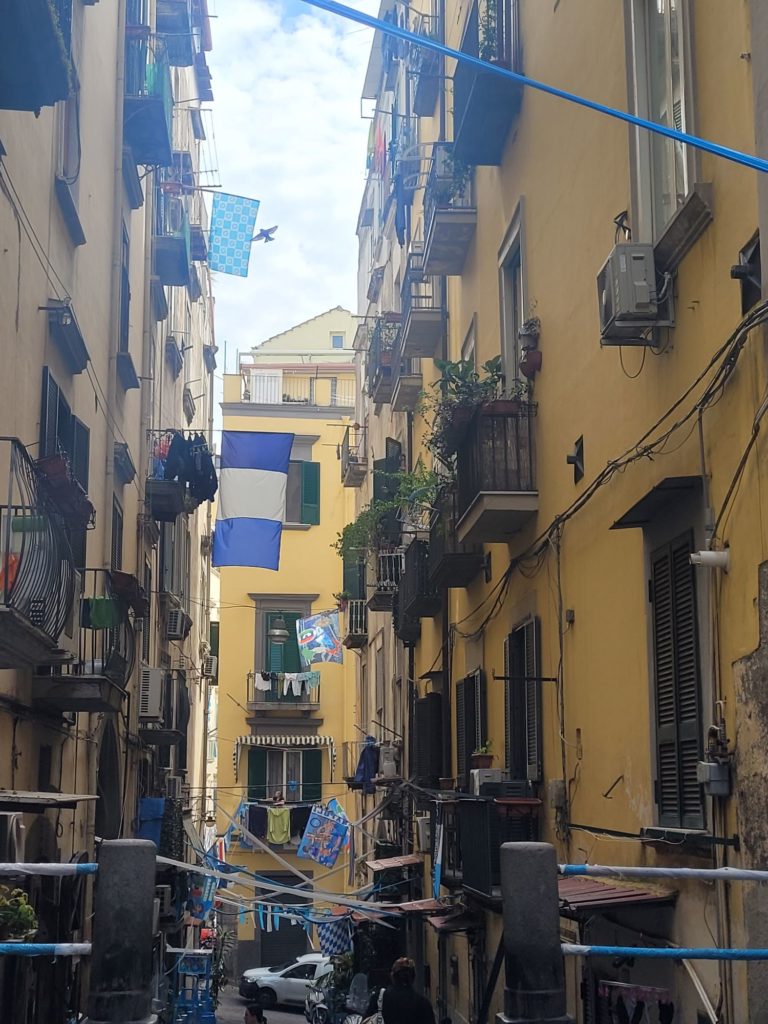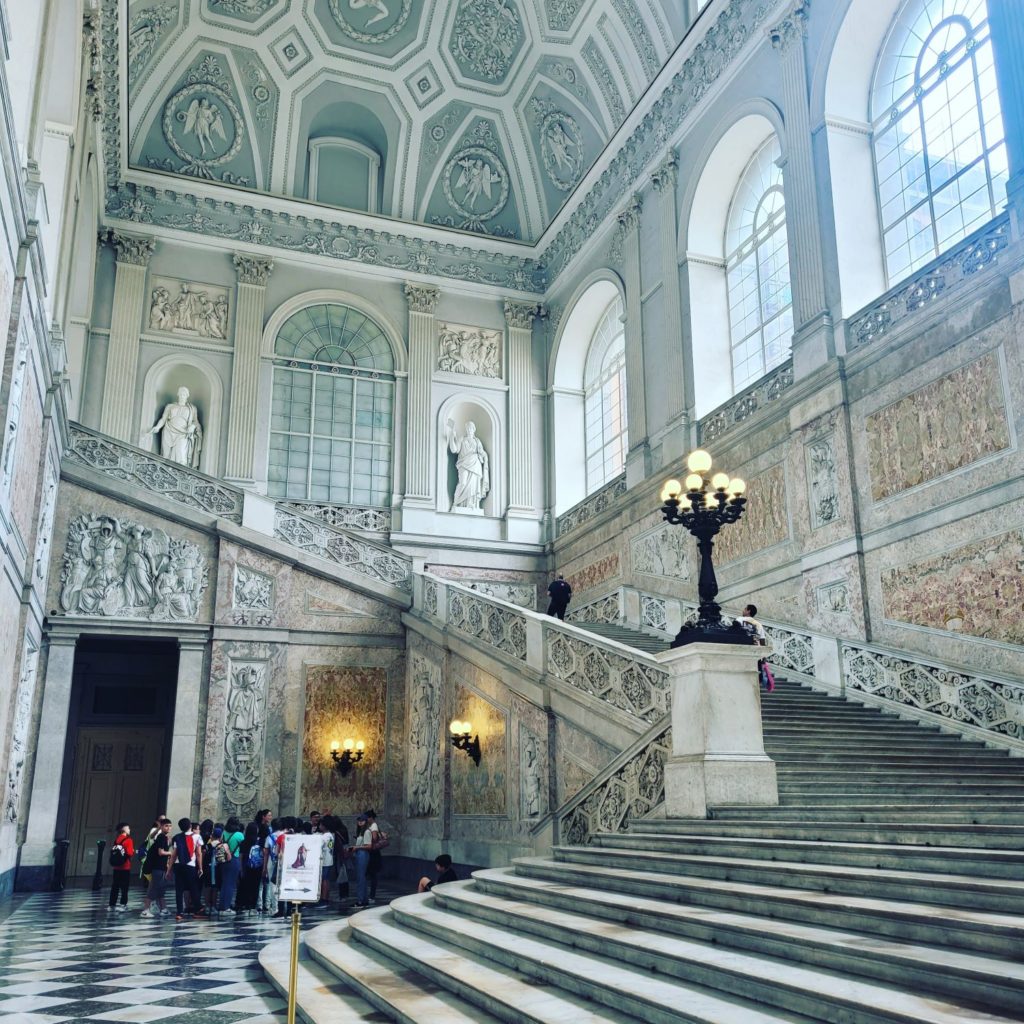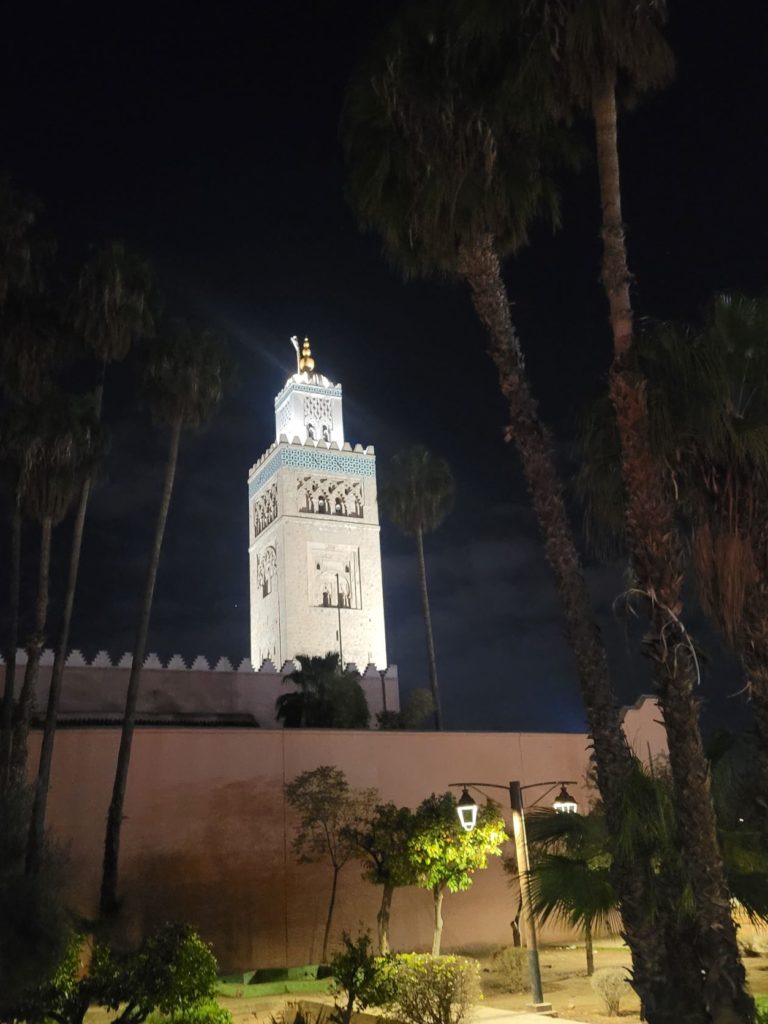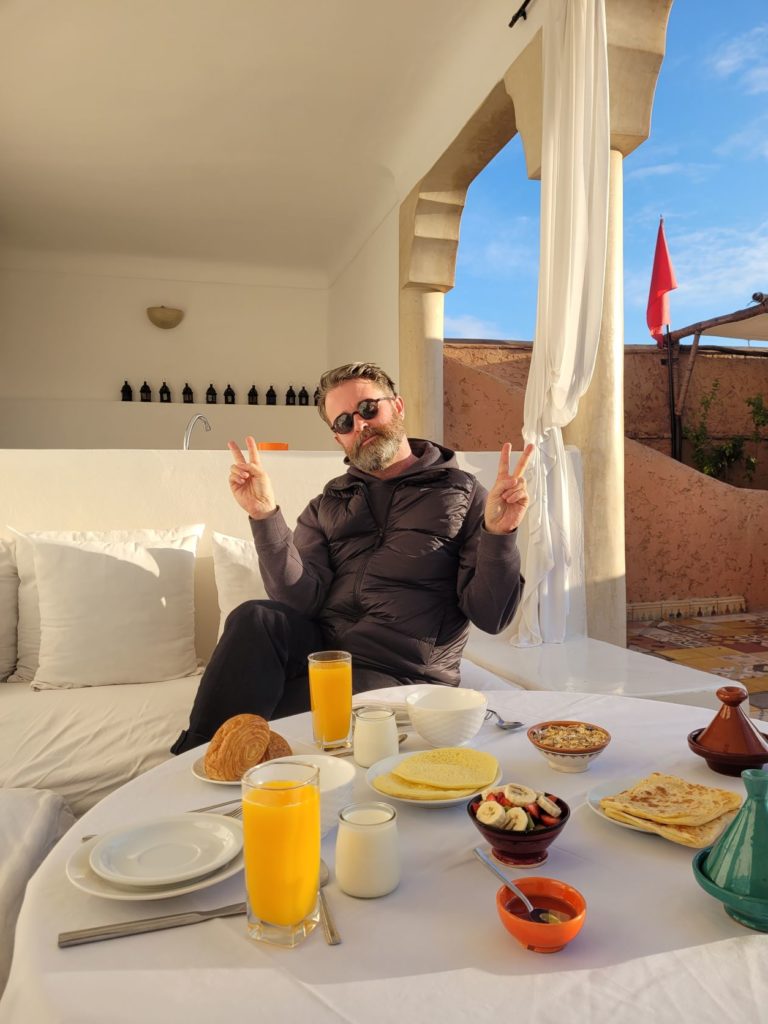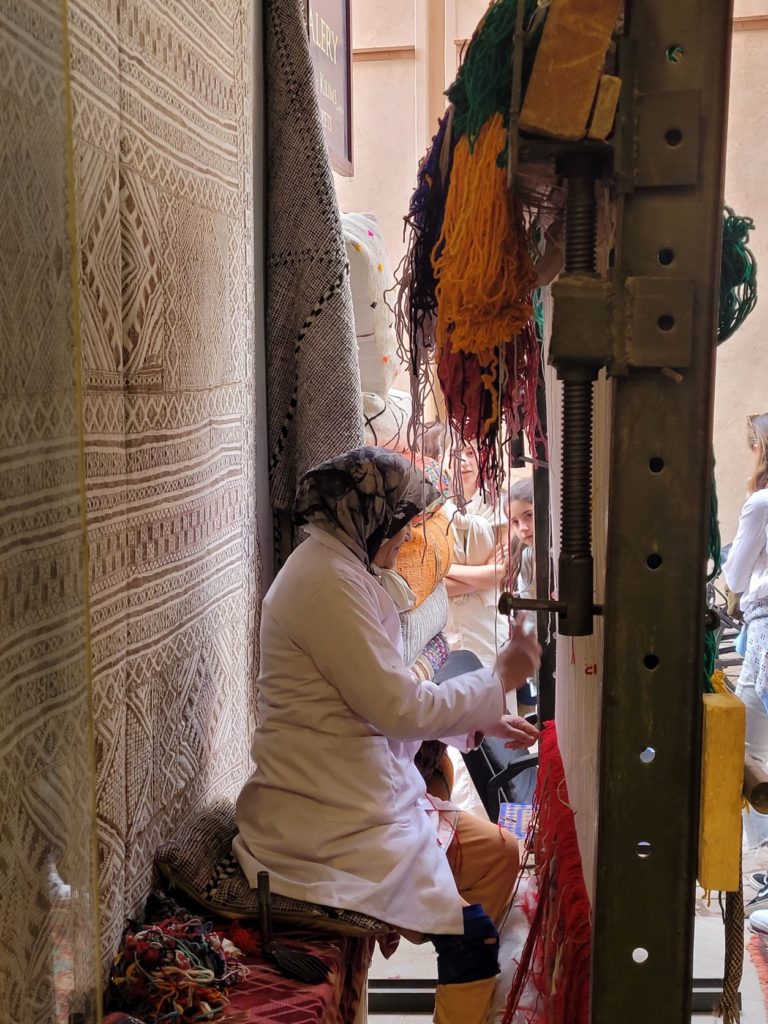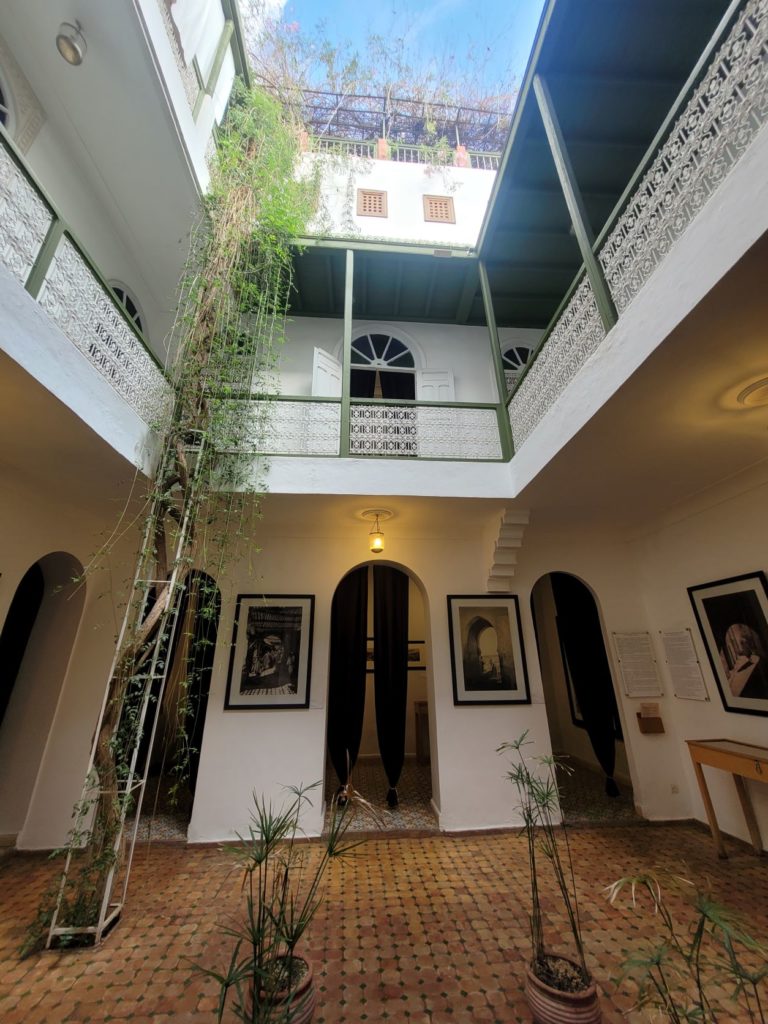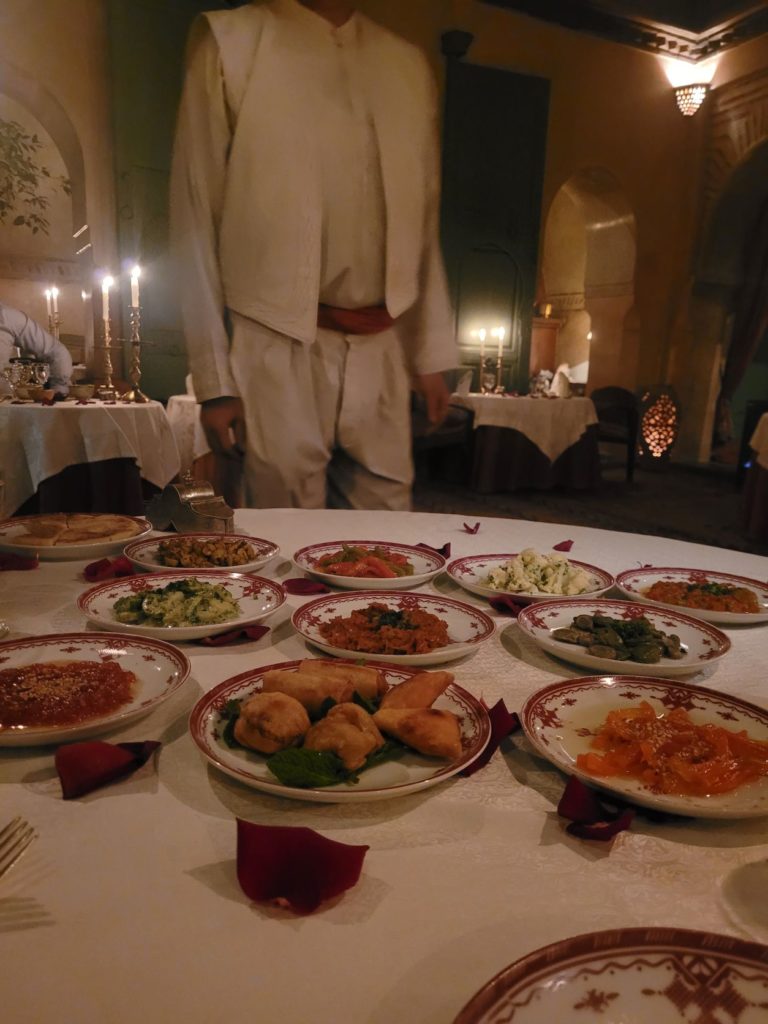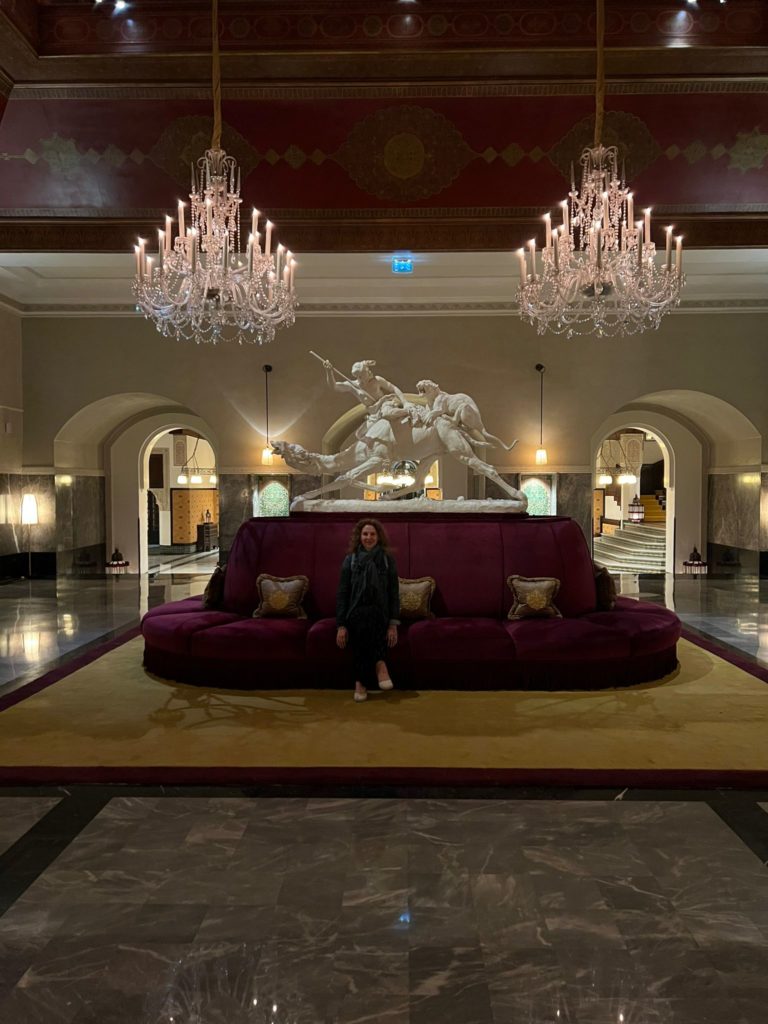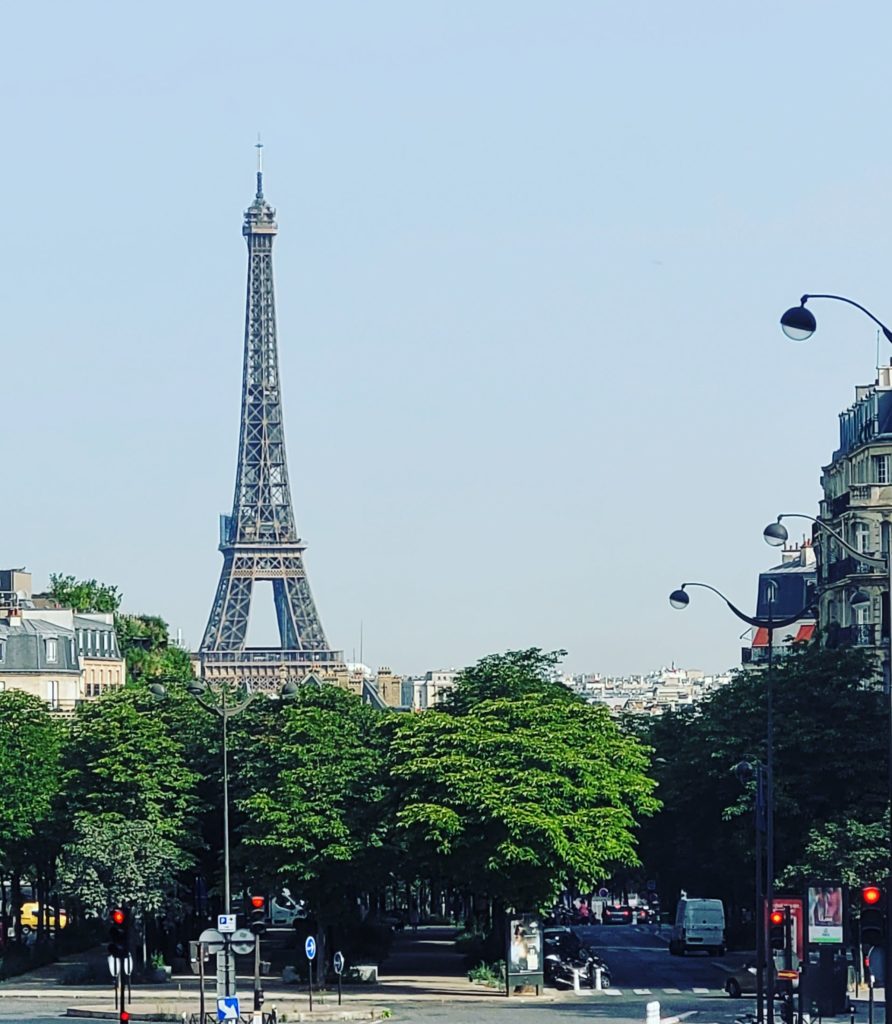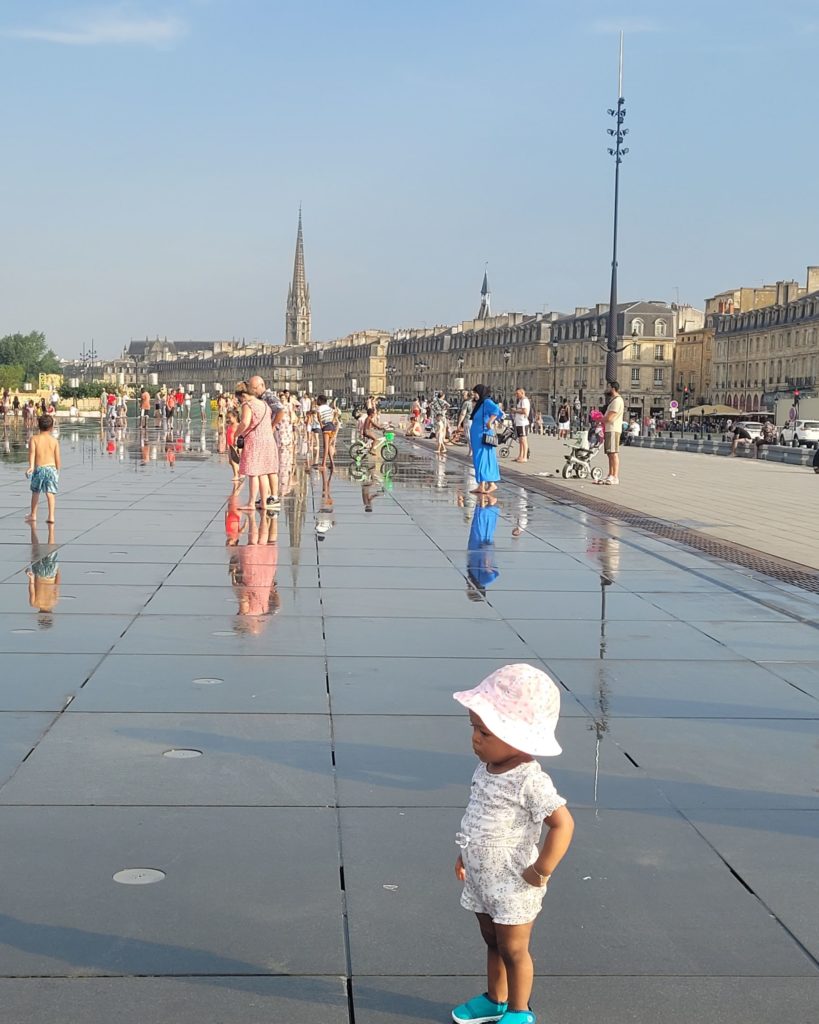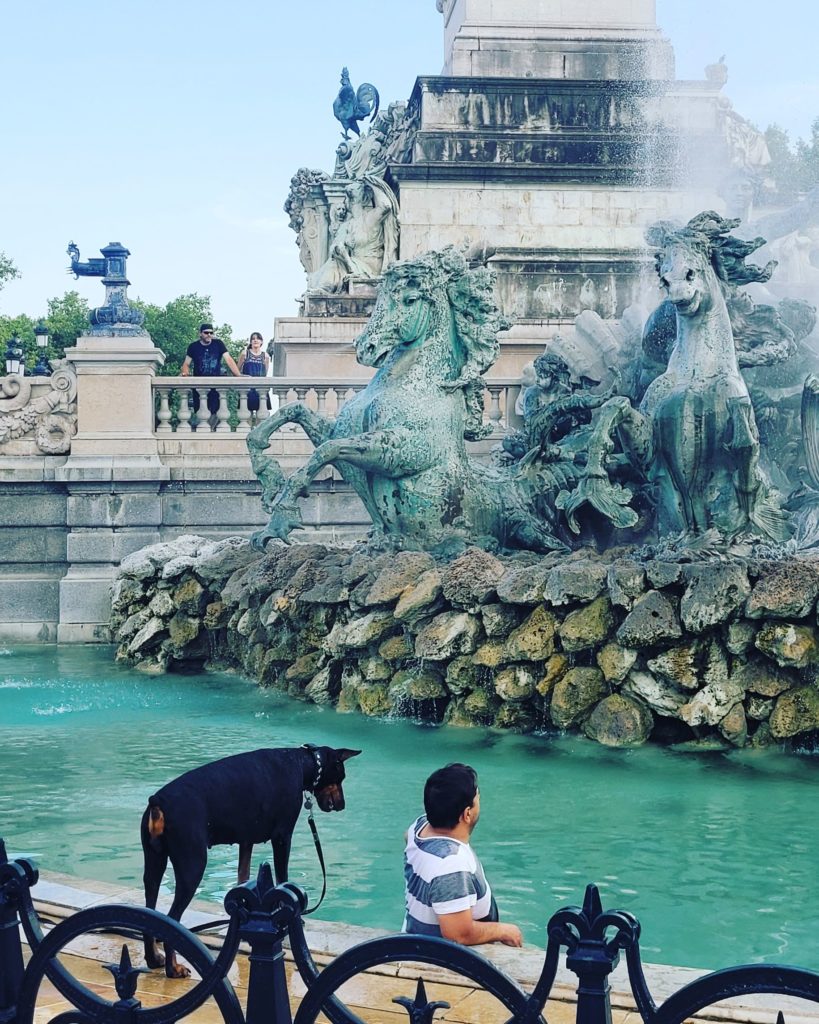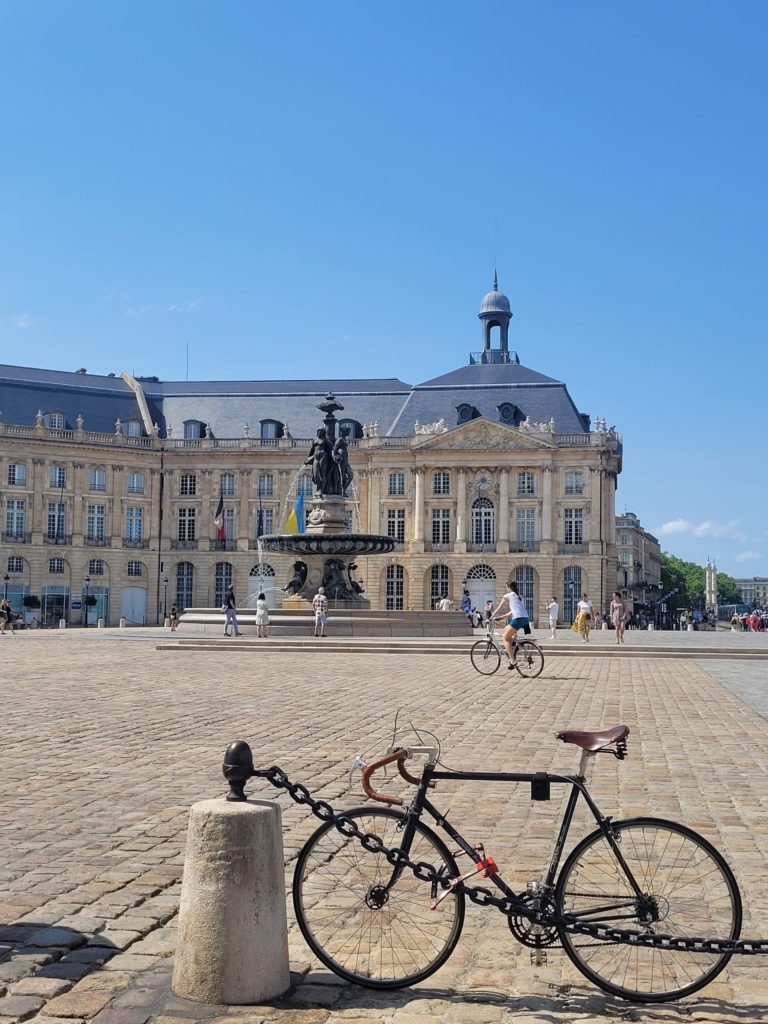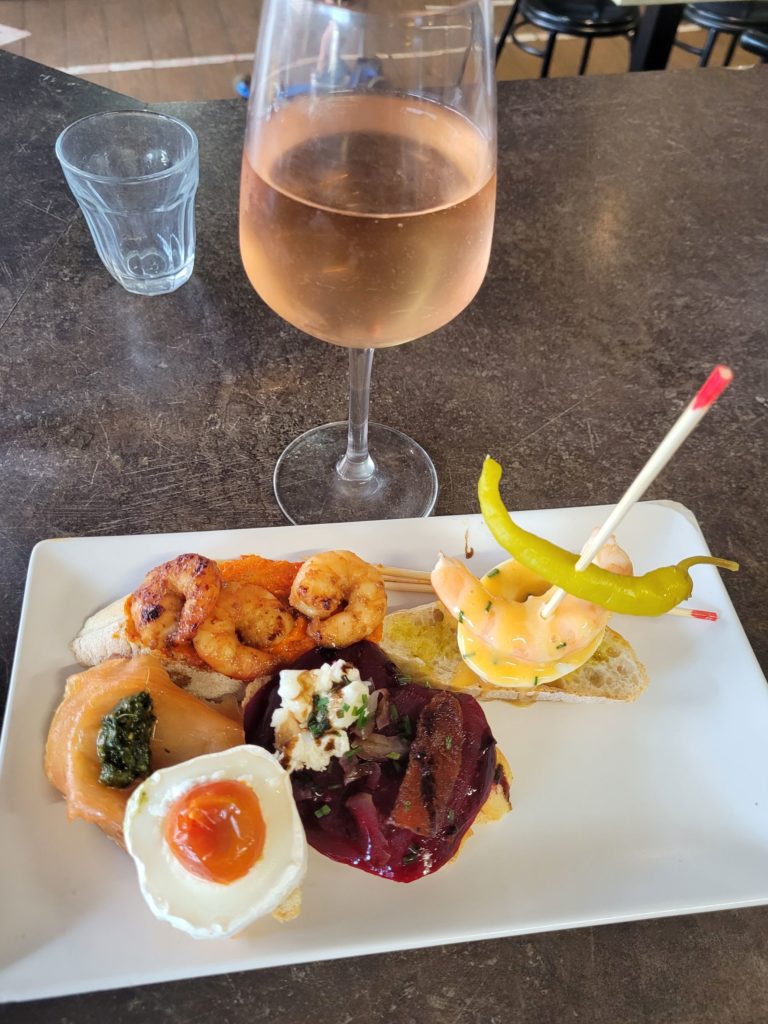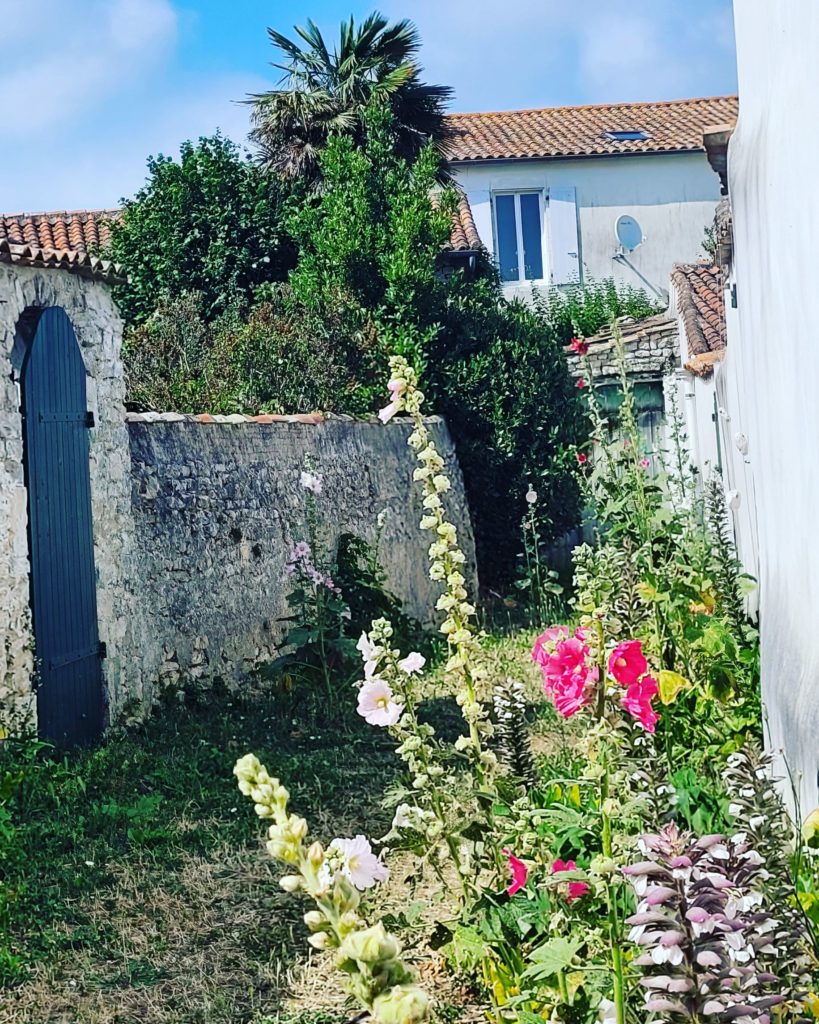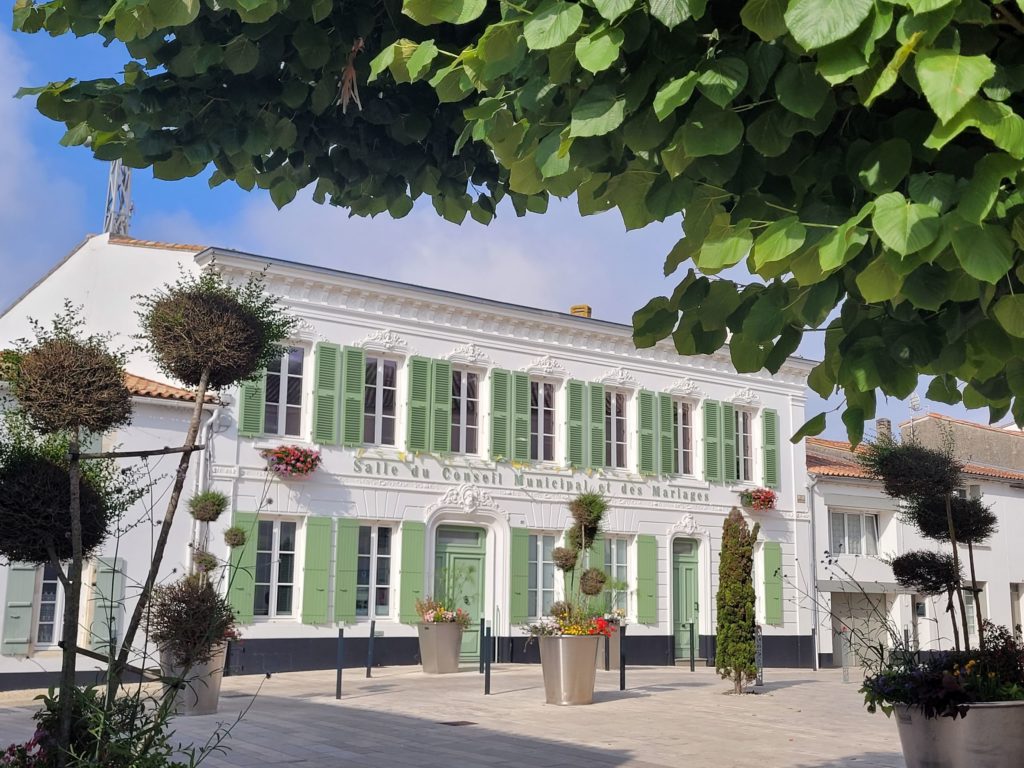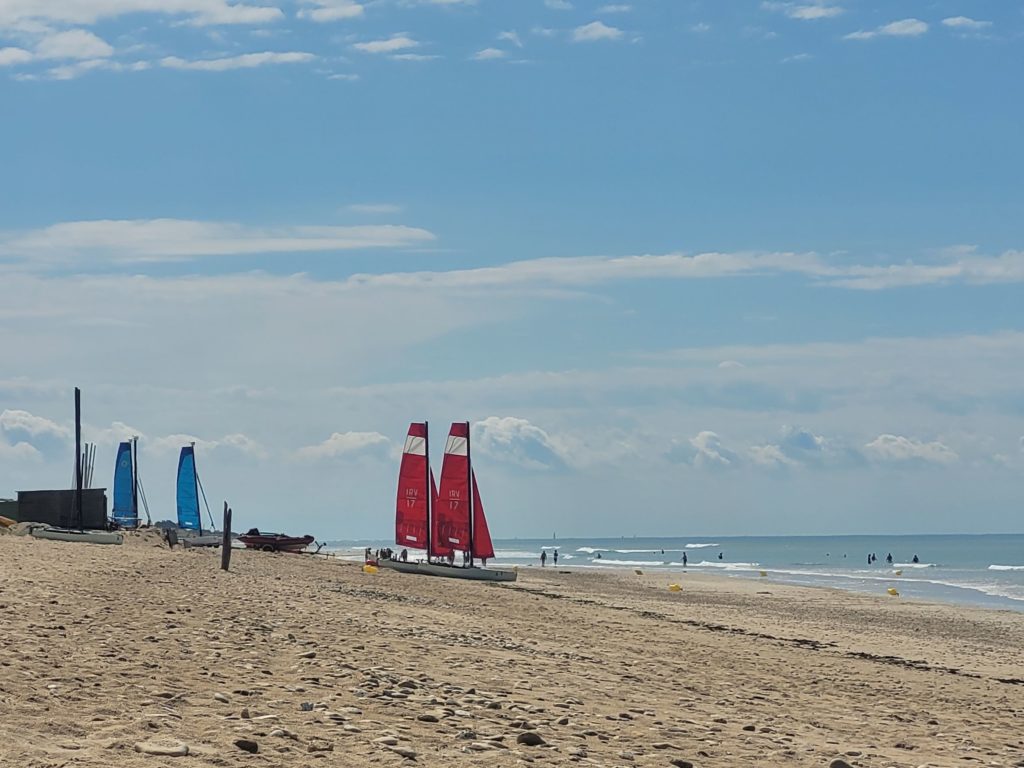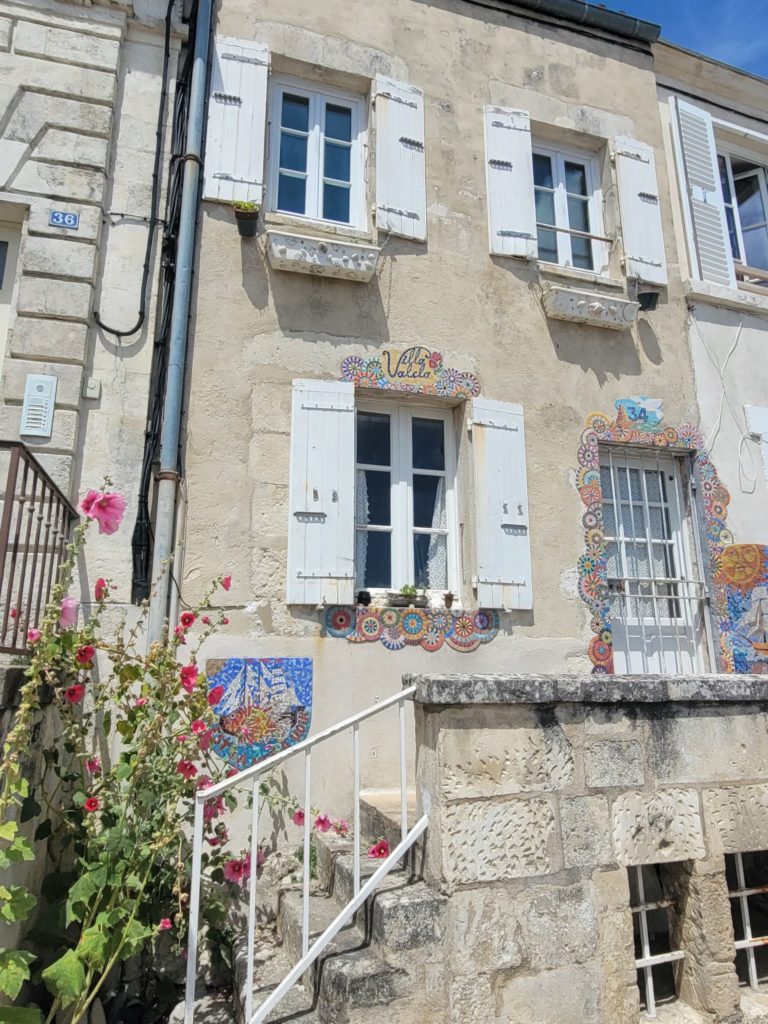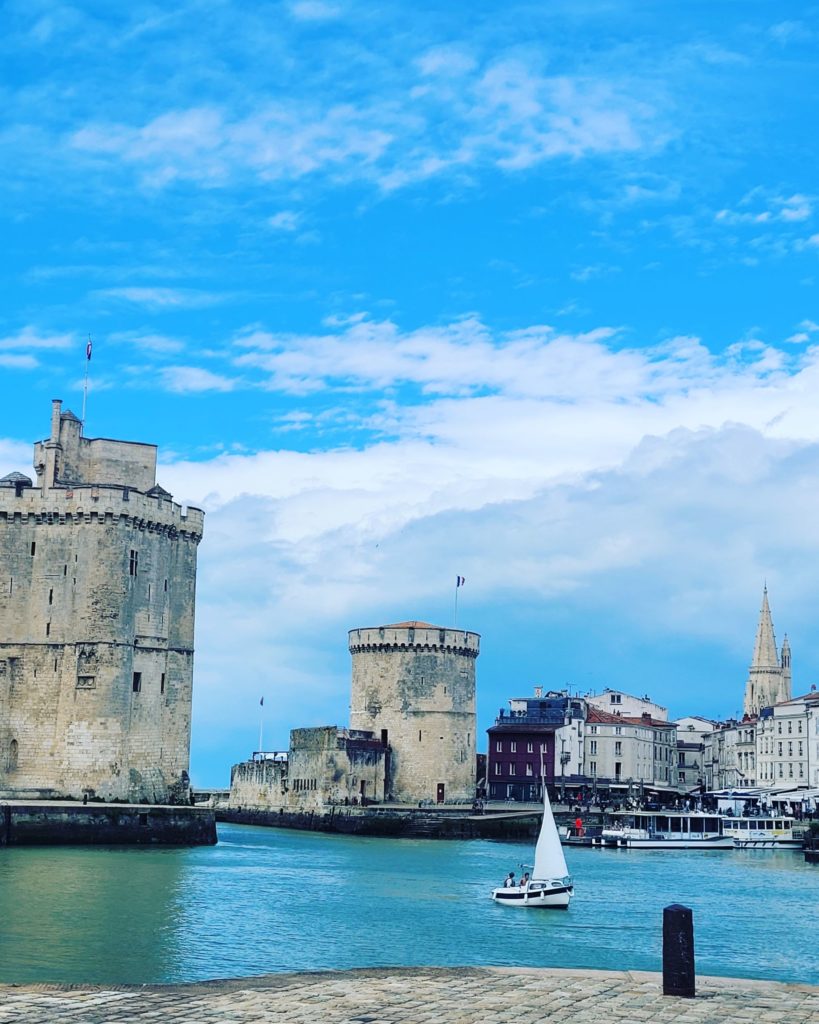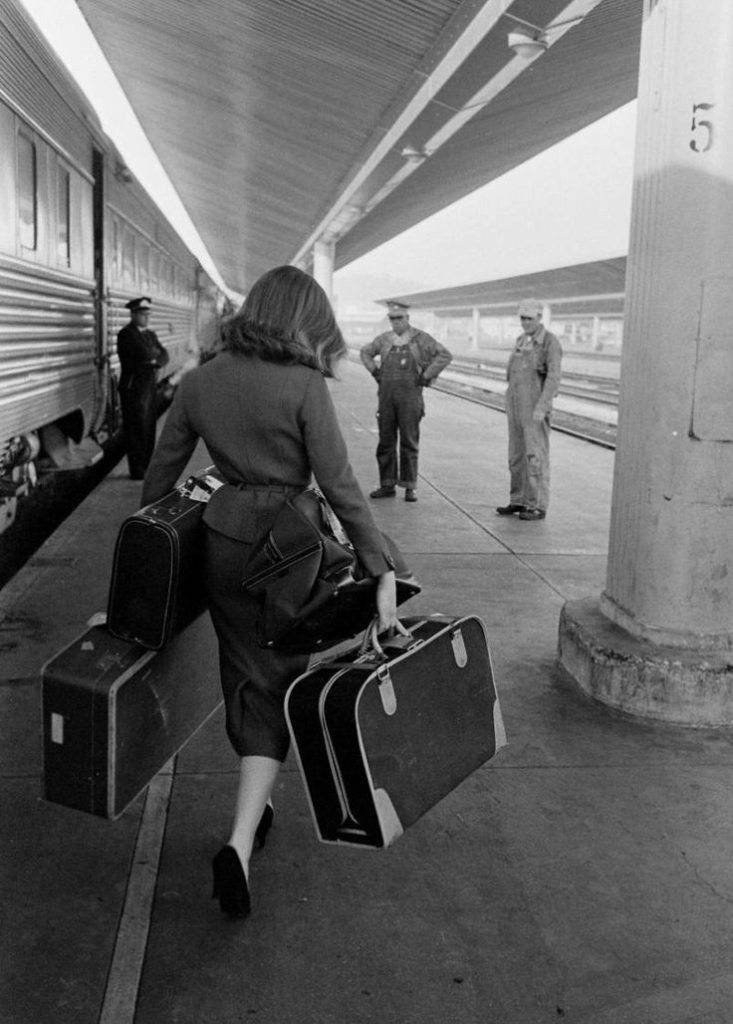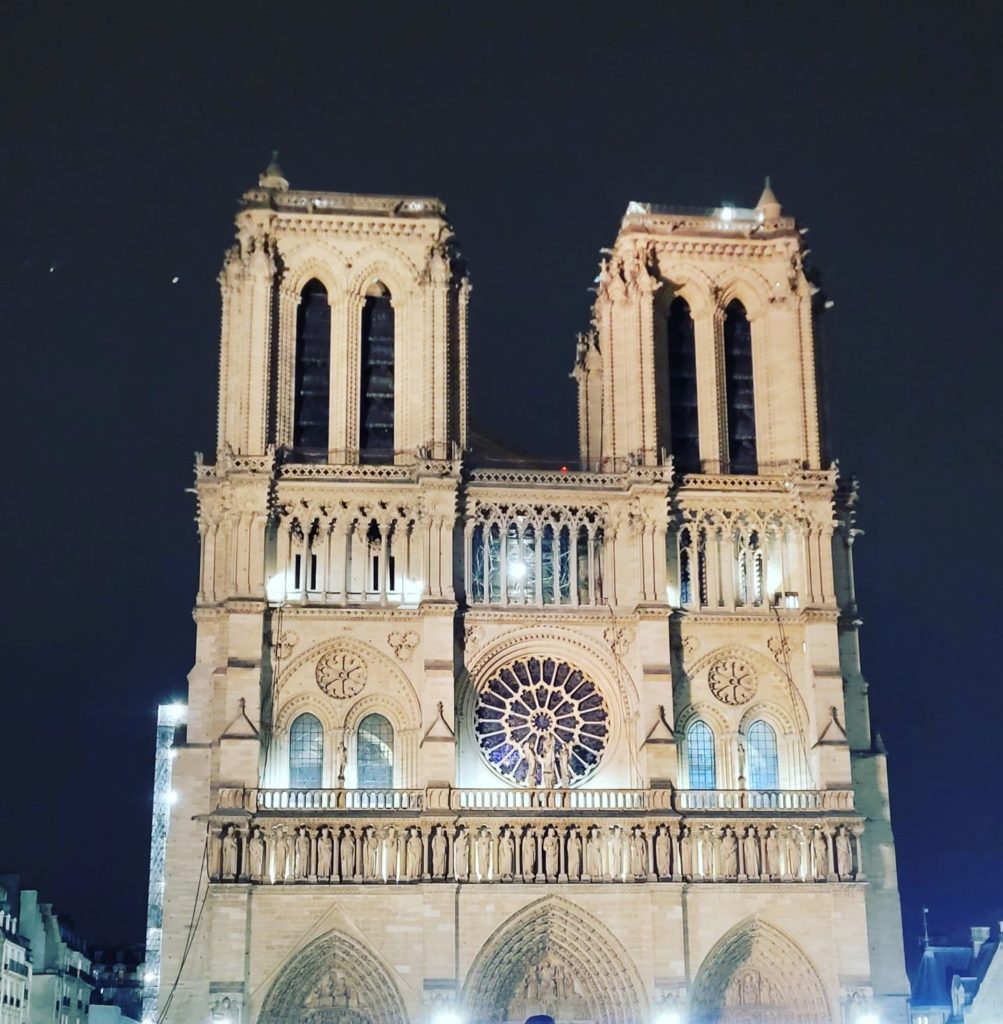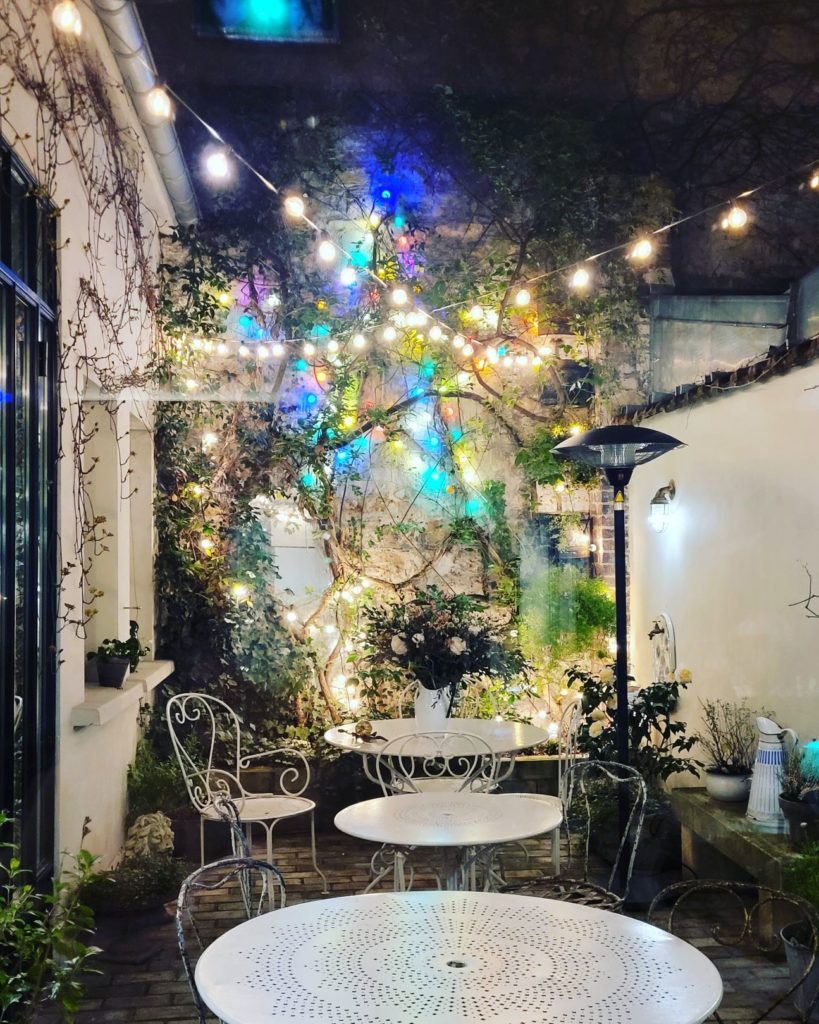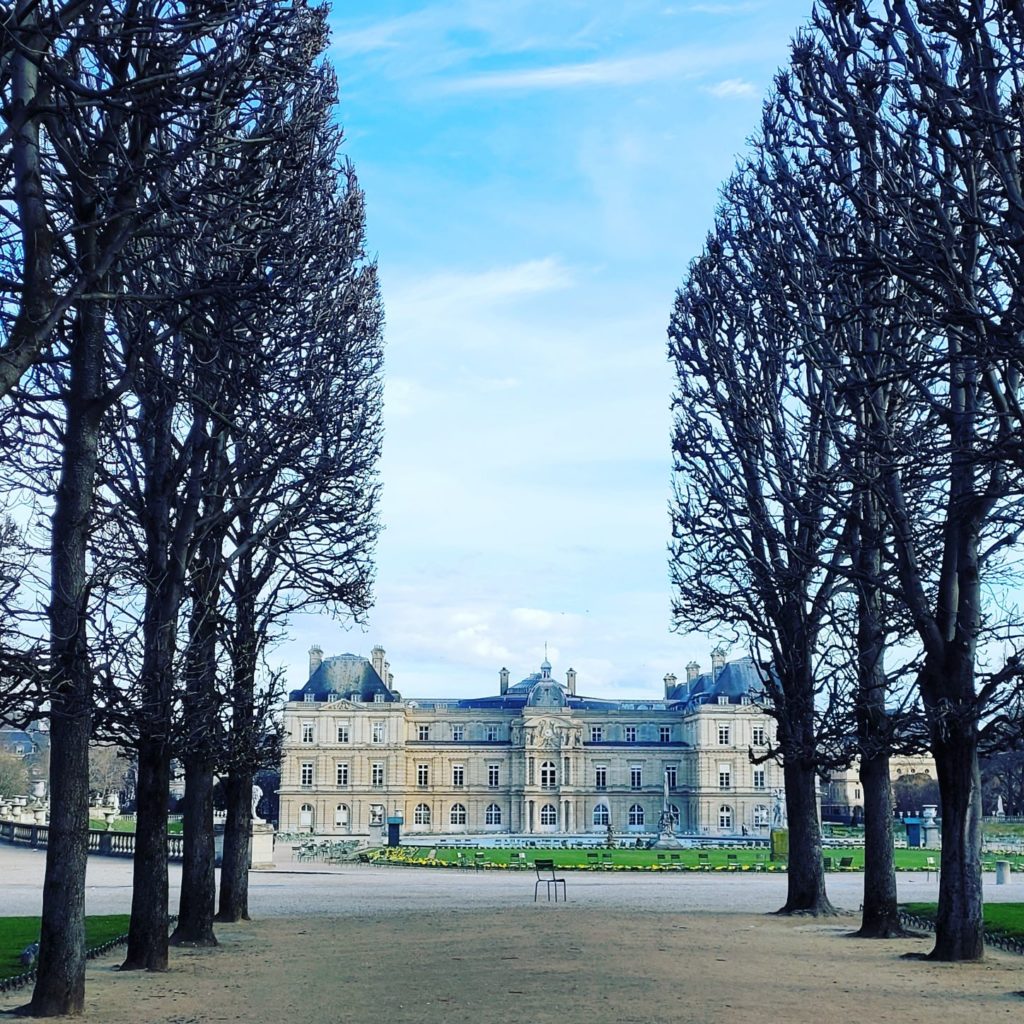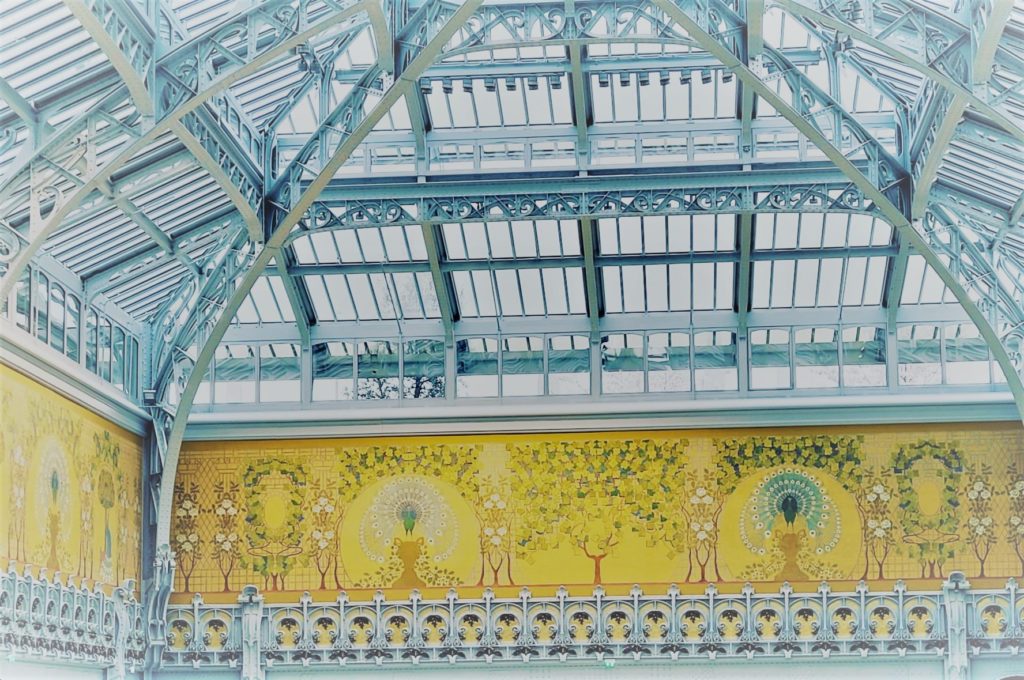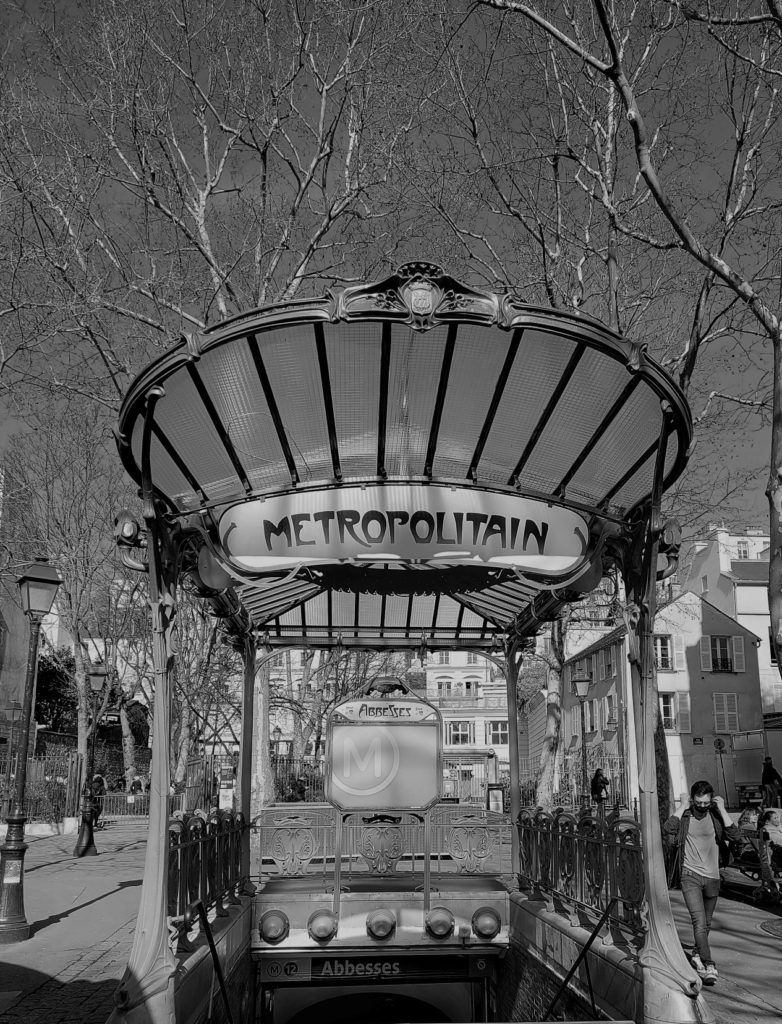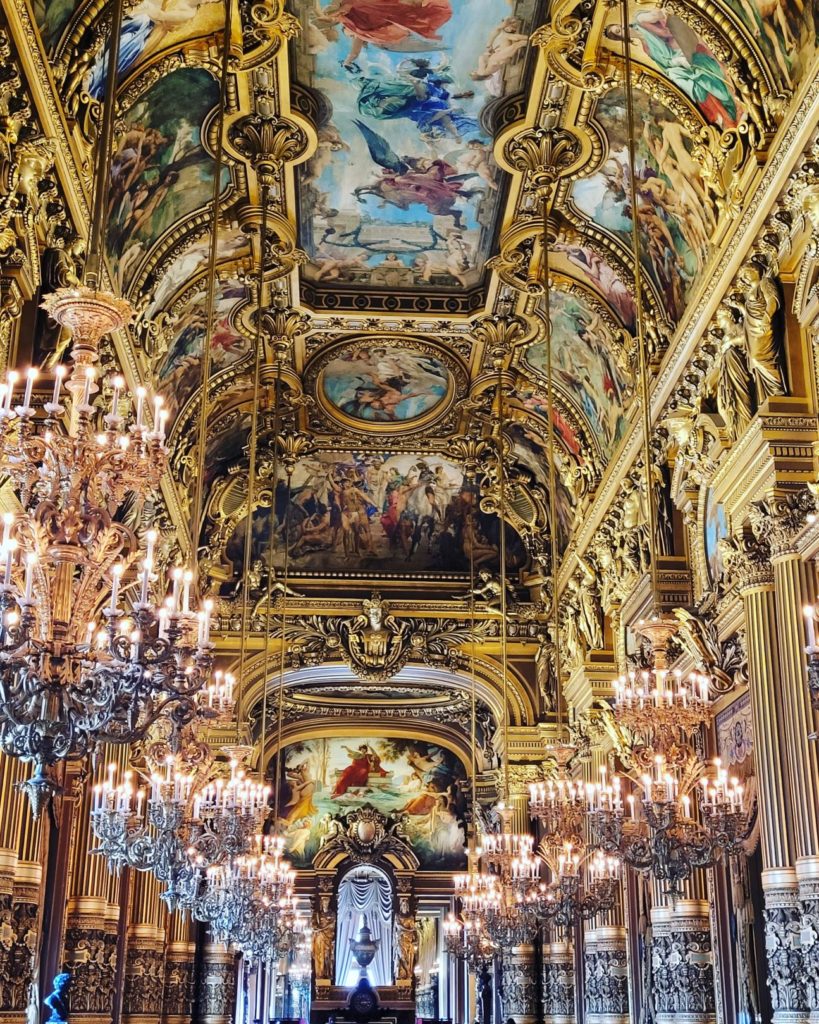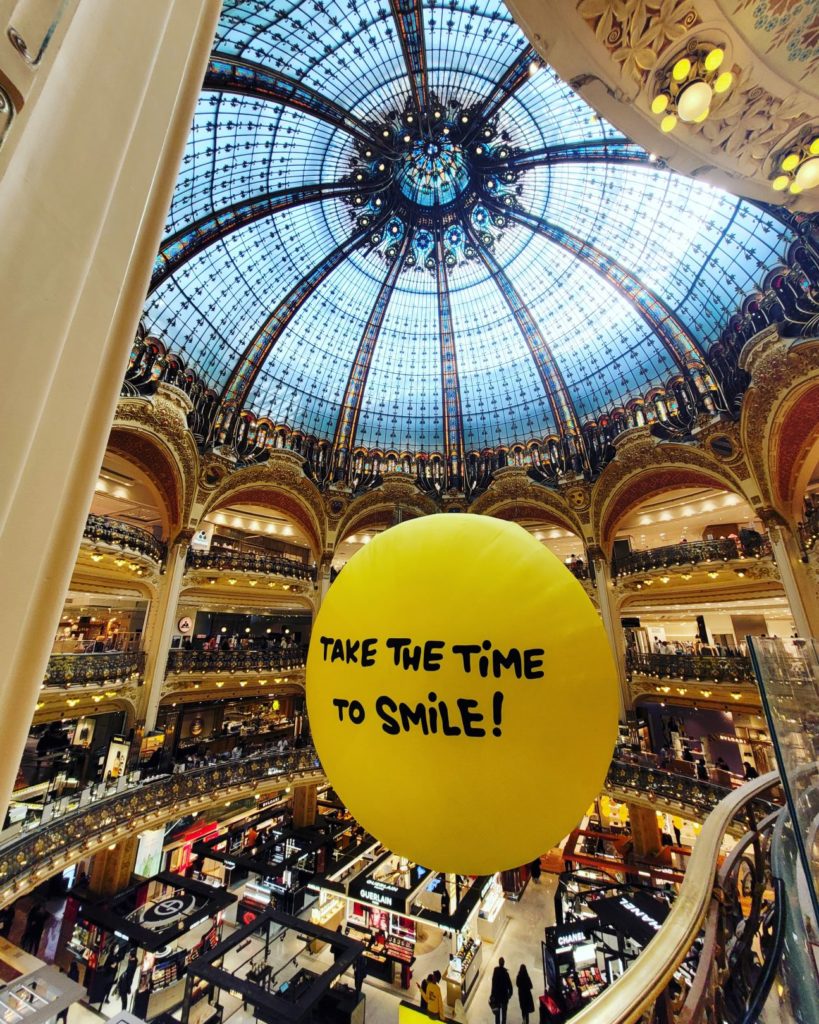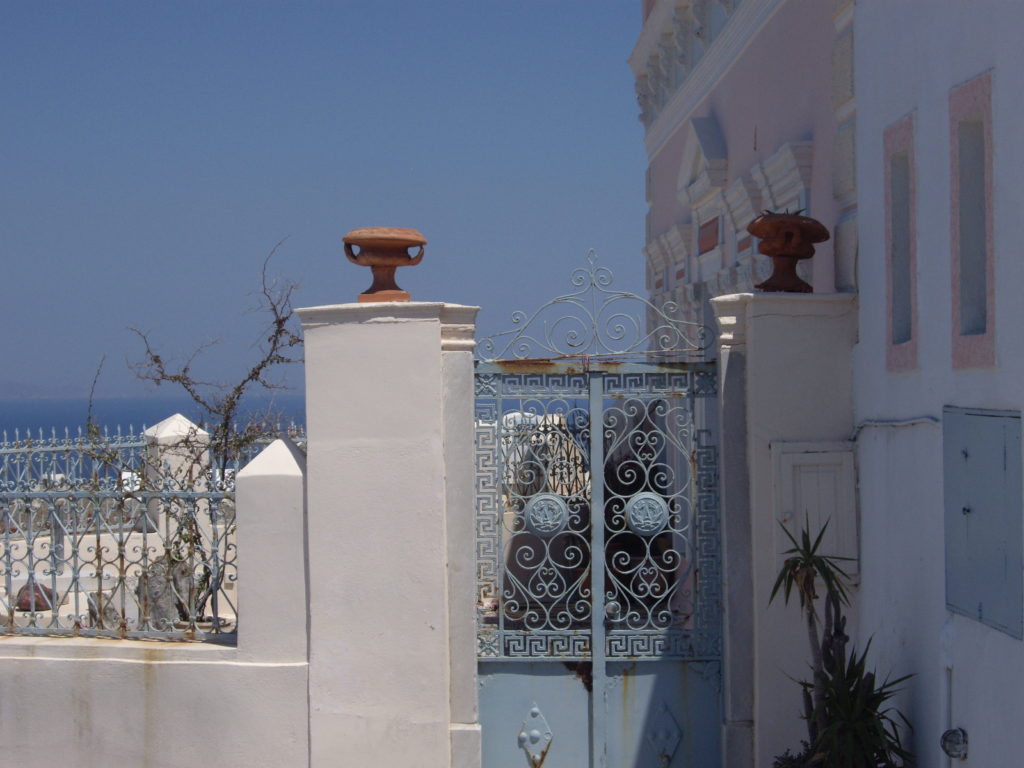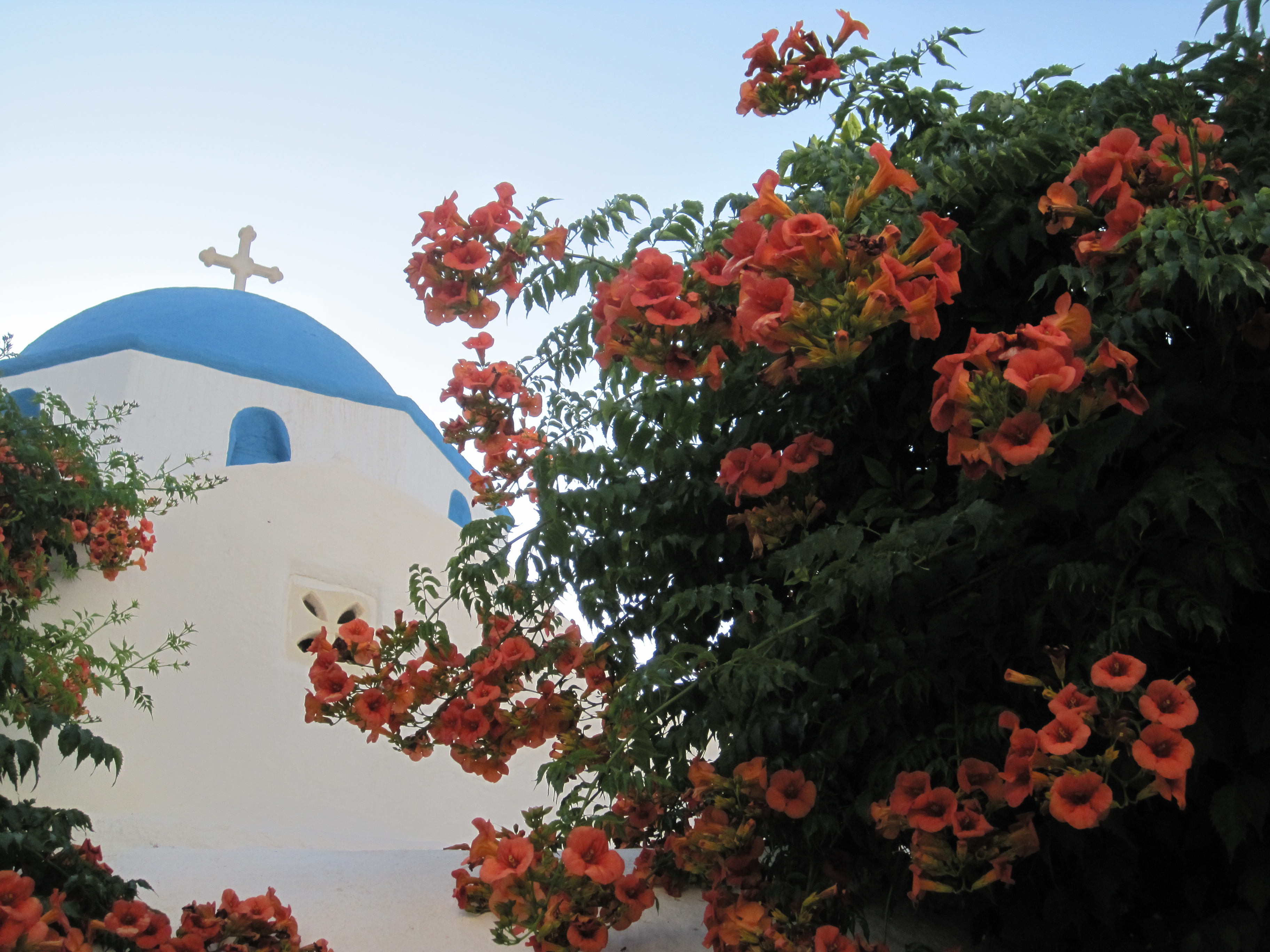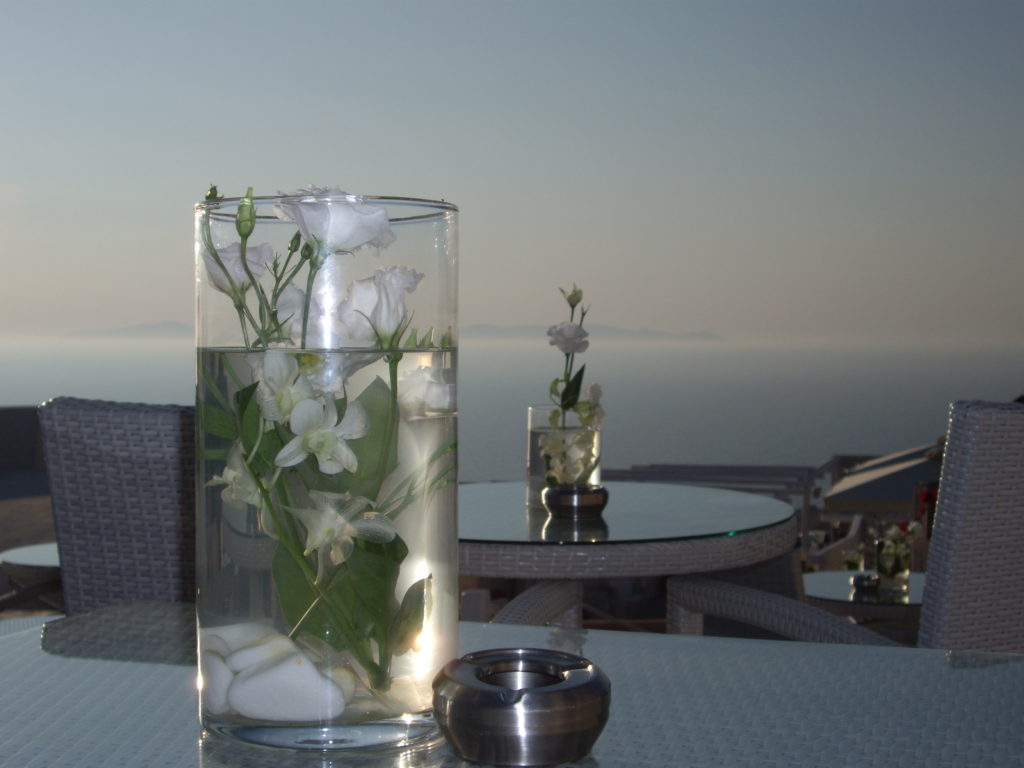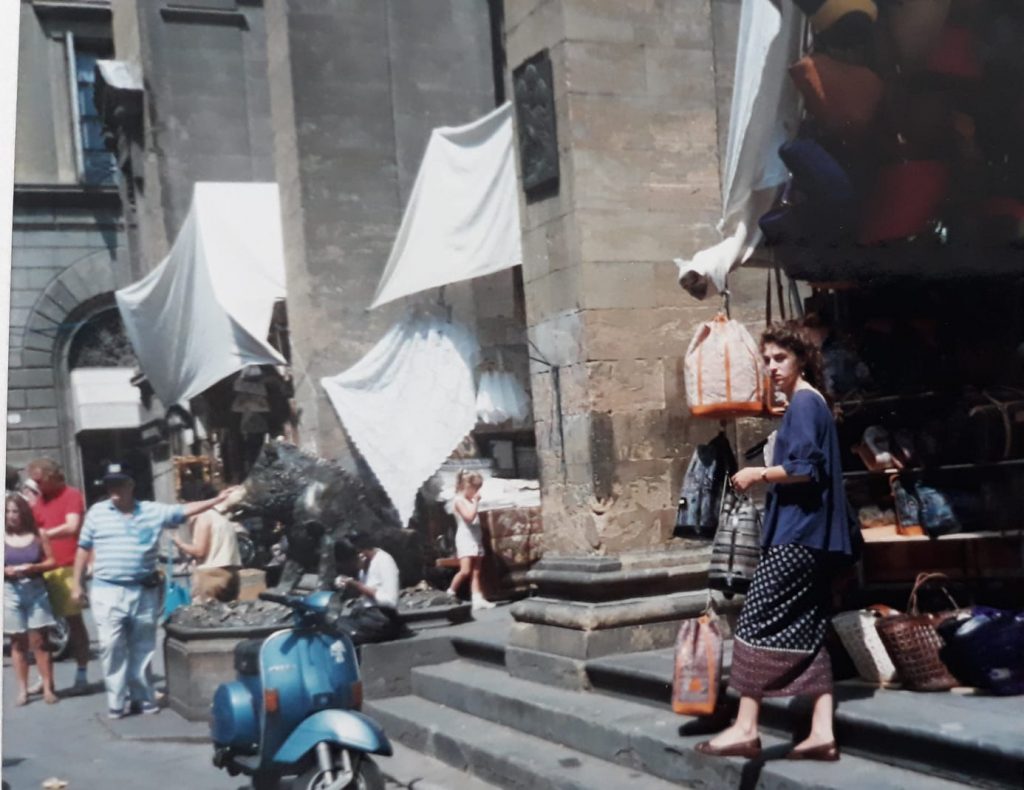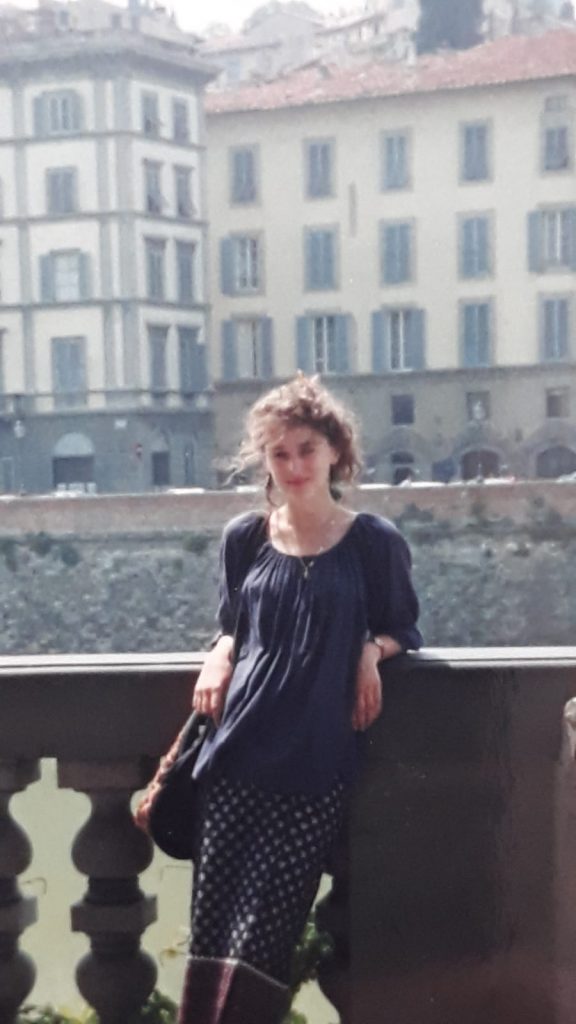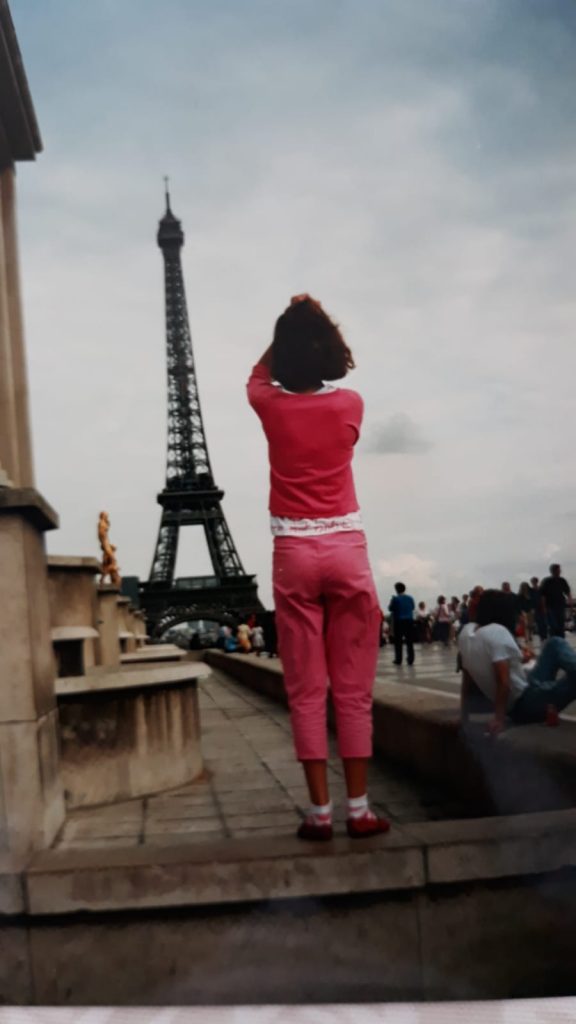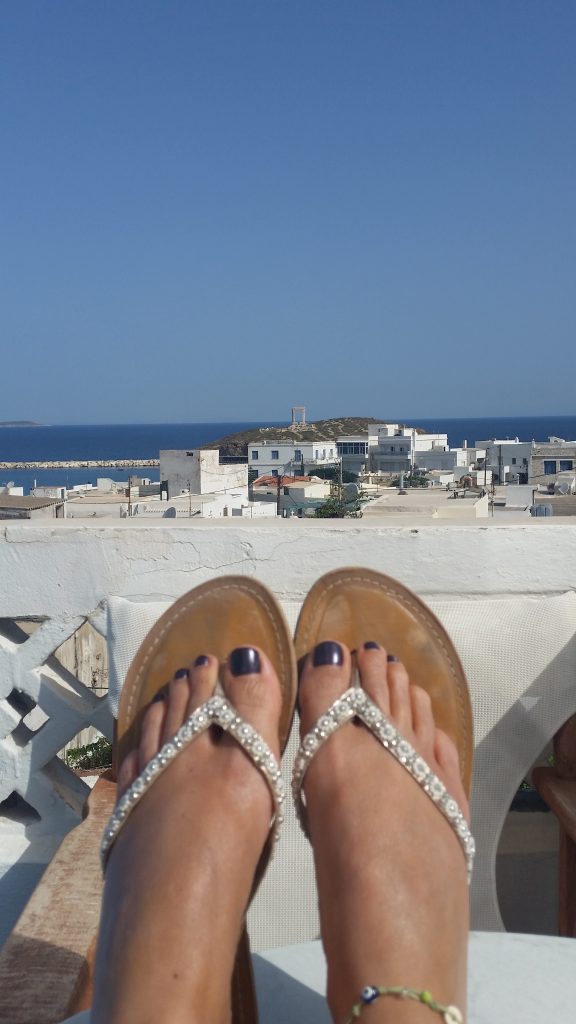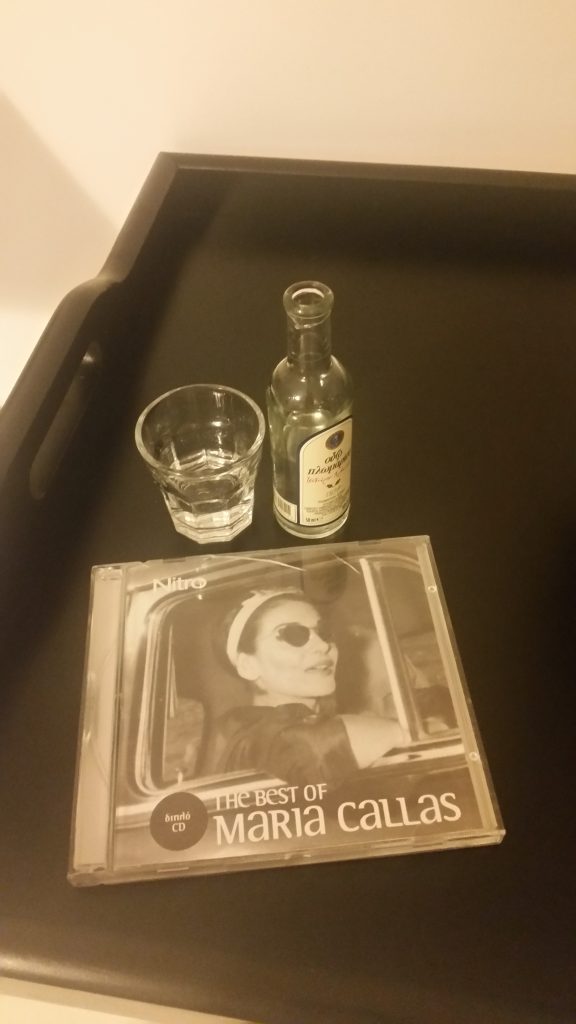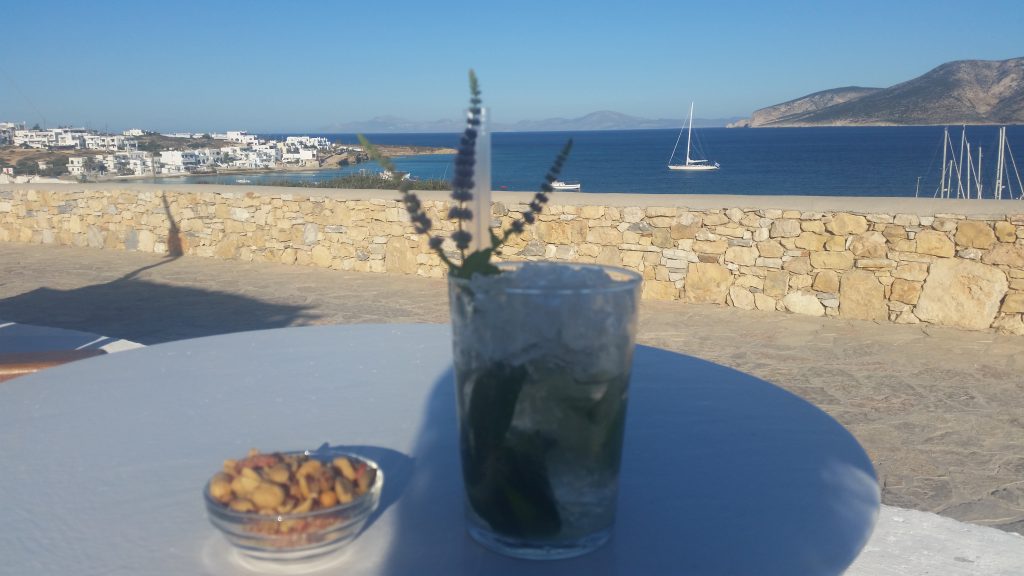Perhaps this is controversial, but I’ve never really understood what the fuss is about Barcelona. The Gaudi buildings are undeniably stunning and there is always the beach, but in Iberian terms, it’s not the only game in town. Maybe I didn’t have the best experience there one distant New Year’s Eve. We ended up in an Irish bar followed by a Chinese buffet under florescent lights, but that’s what happens when you wing a national holiday in a city brimming with eager tourists. Madrid still gets overlooked which is odd considering it’s both the capital and situated bang in the middle of Spain, but right now it feels like its star is finally in the ascendant.
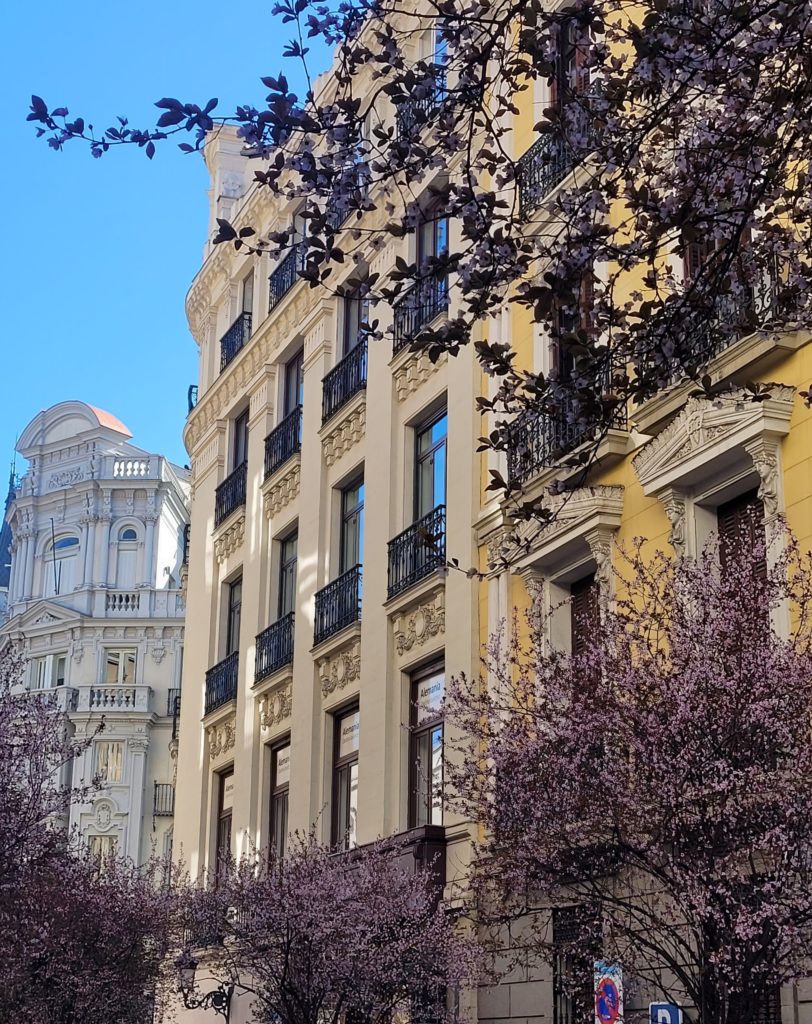
We are staying in an Airbnb in La Latina, one of the oldest barrios in Madrid. I am here for a birthday, so let me begin with a truism. Turning 51 is not as exciting as turning 50. To elevate it would require flamenco and sherry and although we failed on the last count (this is not Andalucia), we absolutely smashed it on the first.
Madrid is old-world, grown-up grandeur. Franco may have bombed the bejesus out of it, but it remains a low-rise city of wrought iron balconies, domes, and turrets. It’s true it doesn’t have the earthiness of Granada or Seville, but it feels affluent, as if it’s been quietly building itself up whilst everyone else was on Las Ramblas avoiding the pickpockets. Whilst there are certainly foreign tourists here, overwhelmingly what you hear around you are the lilt of Spanish voices.
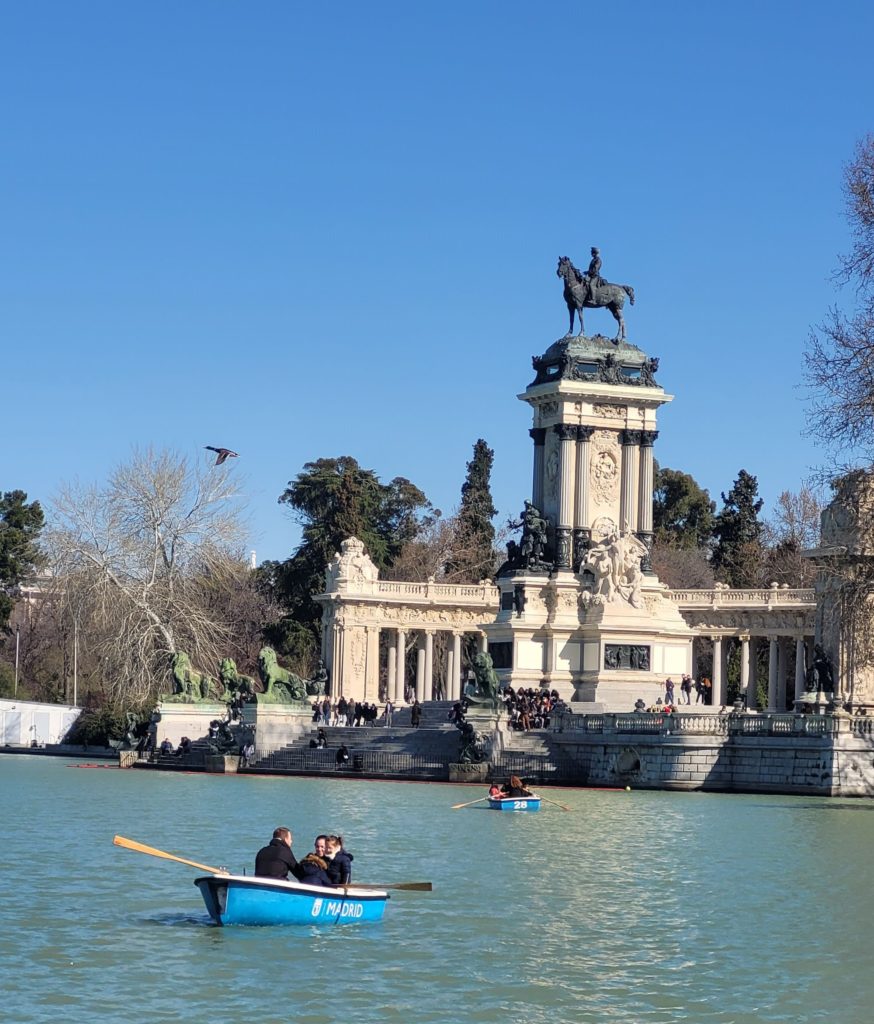
A good starting point to Madrid is the glamourous El Retiro Park. One of the great civic spaces of Europe and a UNESCO world heritage site, it has everything I want in a public garden. A glittering glass house, other worldly topiary and resident peacocks that strut their iridescent tails around for passing admirers. At its heart is a vast lake dotted with a flotilla of boats and offset with colonnades and empire defining statues. This is a park that’s not messing around.
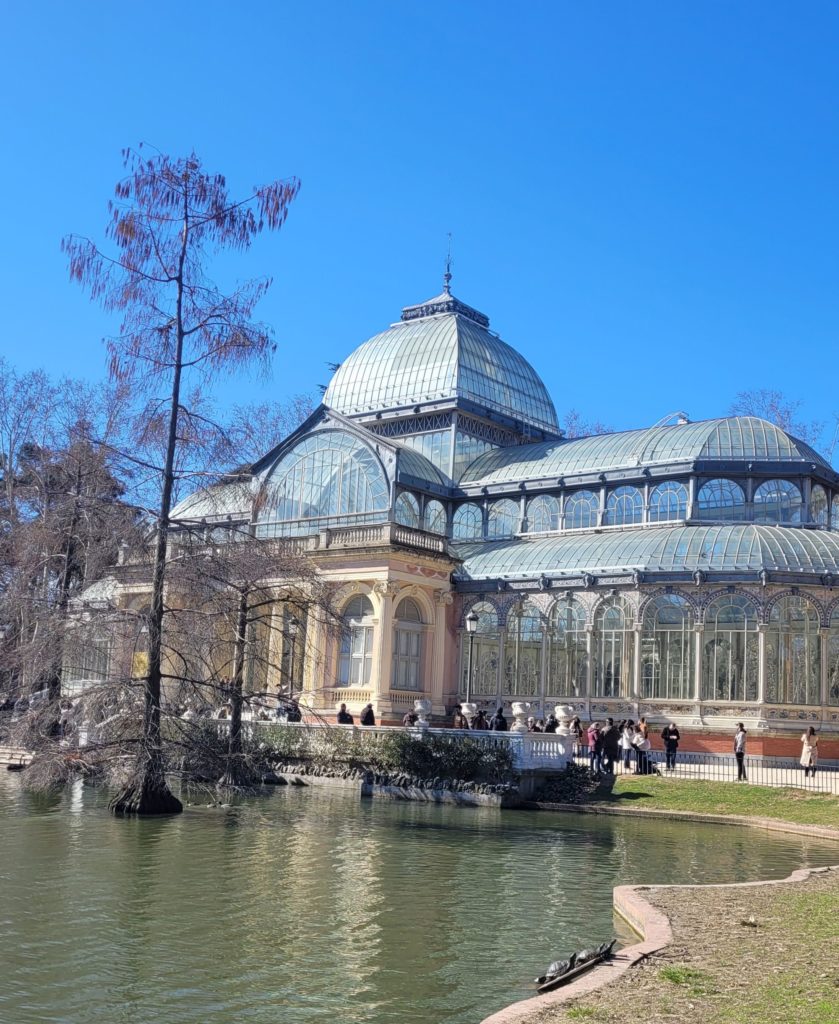
As most cities are experienced through the tastebuds as well as the feet, the food markets of Madrid are worth lingering on because they are abundant and spectacularly good. Its most upmarket jewel is Mercado de San Miguel, best visited on a weekday (and when it’s not raining) as it will be straining at the sides with ravenous people. On Sunday whole families arrive early and stake out the much-prized seats, sending each other off to top up on pintxos, fried seafood and tacos. If you don’t mind the crowds, you can wander the stalls with a glass of wine in your hand and simply graze like a gourmand.
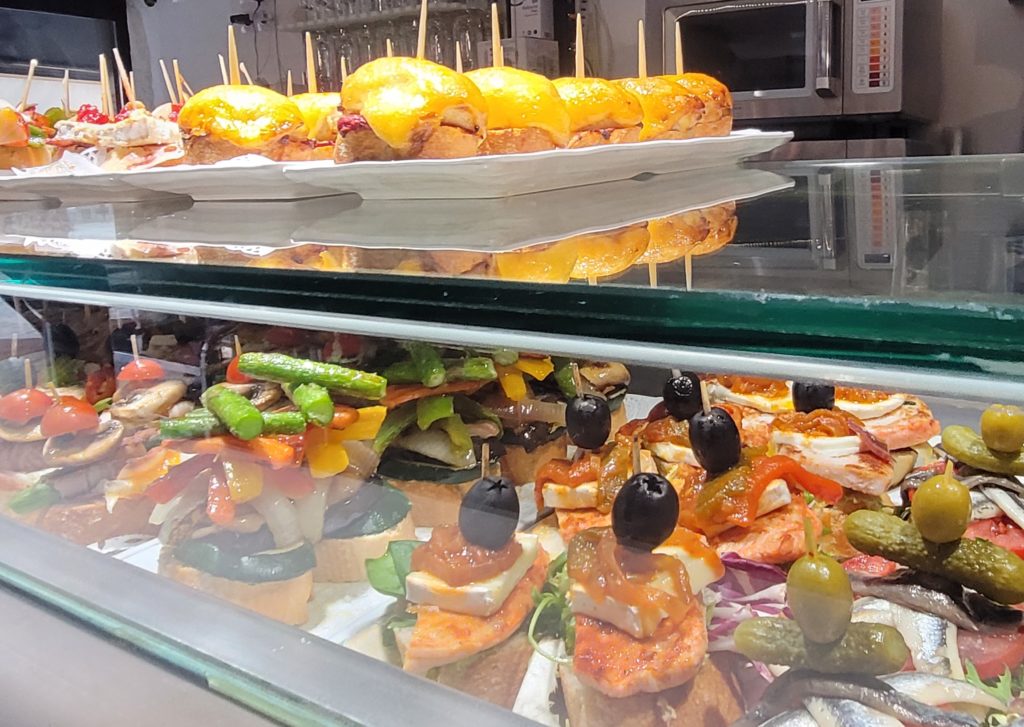
One place you probably won’t feel like a gourmand is the café at the entry to Mercado de la Paz in Salamanca. I wish I could remember its name, but I do like to judge the cleanliness of a restaurant’s kitchen on the state of its bathrooms. After a brief visit, my travelling companion, Mary-Alice said ‘Well, it’s not Trainspotting….’, making me instantly regret the complimentary seafood paella I’d been given with my wine. Fortunately, I won that game of Russian Roulette, but do swerve the place that serves chips with everything and has the dirtiest bar you’ve ever seen.
If you’ve got a sweet tooth, you’ve hit the jackpot in Madrid. There are light and crispy churros with cups of thick chocolate and patisseries galore. On my birthday, we went to El Riojano which is over a hundred years old and full of old-world charm. The staff however are not, so just factor in a ‘Paris in the 1990s’ style of brusqueness and enjoy the cake. It’s all part of the service. For the best twist on a cinnamon roll this side of Stockholm, do not miss Salt in Cake in Calle de Toledo where you can get takeout. The mango and passionfruit incarnation was the best breakfast a newly turned fifty one year old could have wished for.
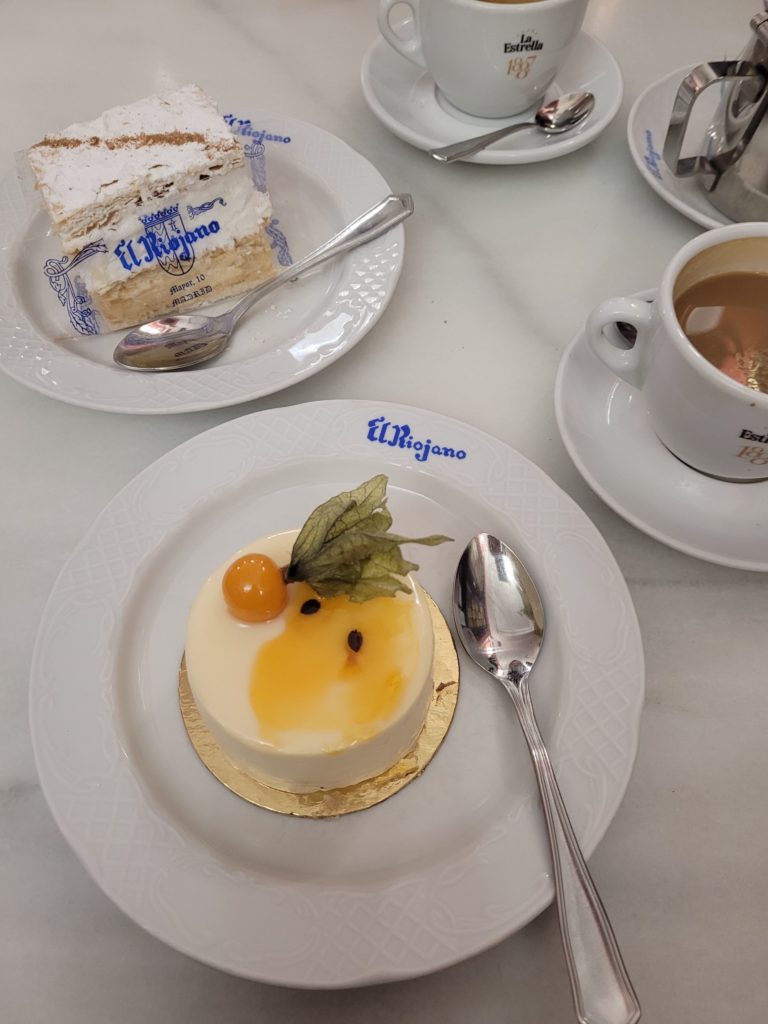
A word here about Spain and vegetarianism. I haven’t been since before the pandemic, and they still just don’t get it. Mary-Alice was faced with an entire wheel of Manchego at the excellent La Taberna de Ramales plus an alarming amount of patatas bravas (although thank god for the Padron peppers supplying some greenery). I’m not saying there weren’t other good things for her eat, but the variety isn’t there and the Spanish do like to add tuna flakes ‘for flavour’. This is really a country you go to eat pork. Special shout out here to the jet lagged Australian guy who told me how excited he was about his plate of jamon. This is how I feel about a Broadway matinee and a martini, so fair dinkum.
I will move away from food in a moment, but the prize for the second greatest meal of 2024 has to go to Corral de la Moreria, Madrid’s most famous flamenco venue. Other options are available, but it was beloved of Ava Gardner when she was in her shagging matadors’ phase, so this is the one I plumped for. You can dine at 6.30 pm in time for the show an hour later, which I realise is a bit un-Spanish being so early, but it is a glorious experience. As for the dancing, it’s another level of artistry.
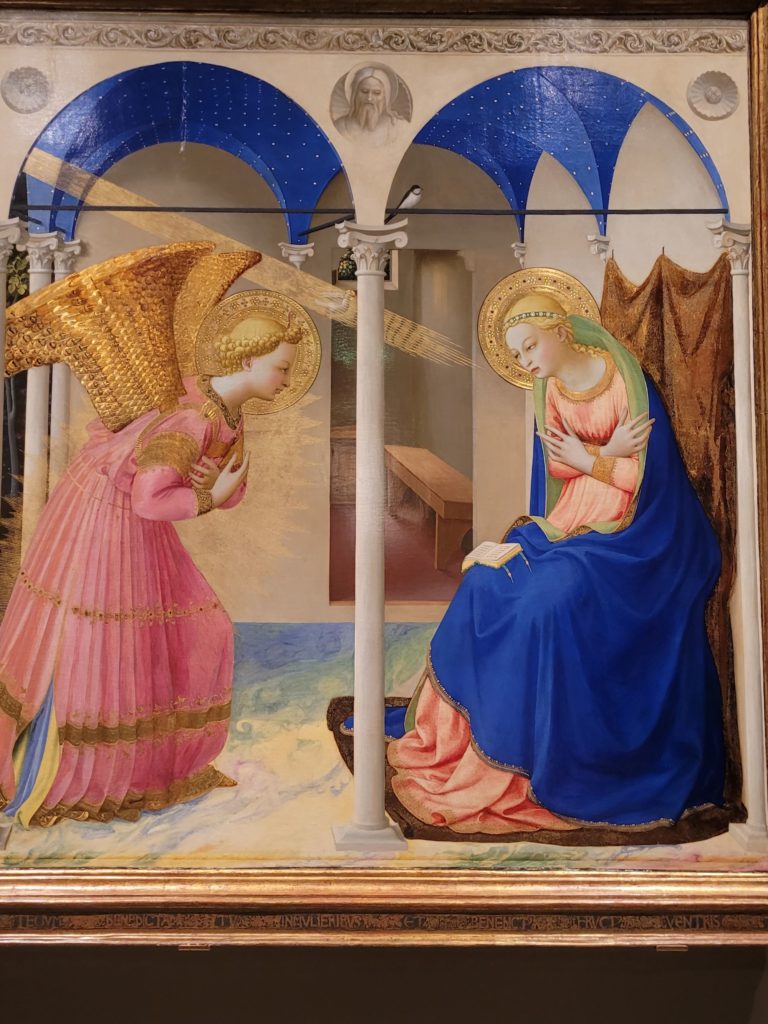
The two big cultural hitters in Madrid are The Prado and The Royal Palace and you need to see both. The Prado is a monster of a museum along the lines of the Louvre (which shoot me, I’ve never been in) so it needs taking in bitesize chunks or you will just exhaust yourself. I was expecting endless rooms of chubby babies and Madonna’s and whilst there’s plenty of that, there are some real showstoppers. I was not expecting another Mona Lisa or the intricate beauty of Fra Angelico’s The Annunciation. The famous Valezquez painting Las Meninas is also here, and you’ll spot it by the size of the congregation.
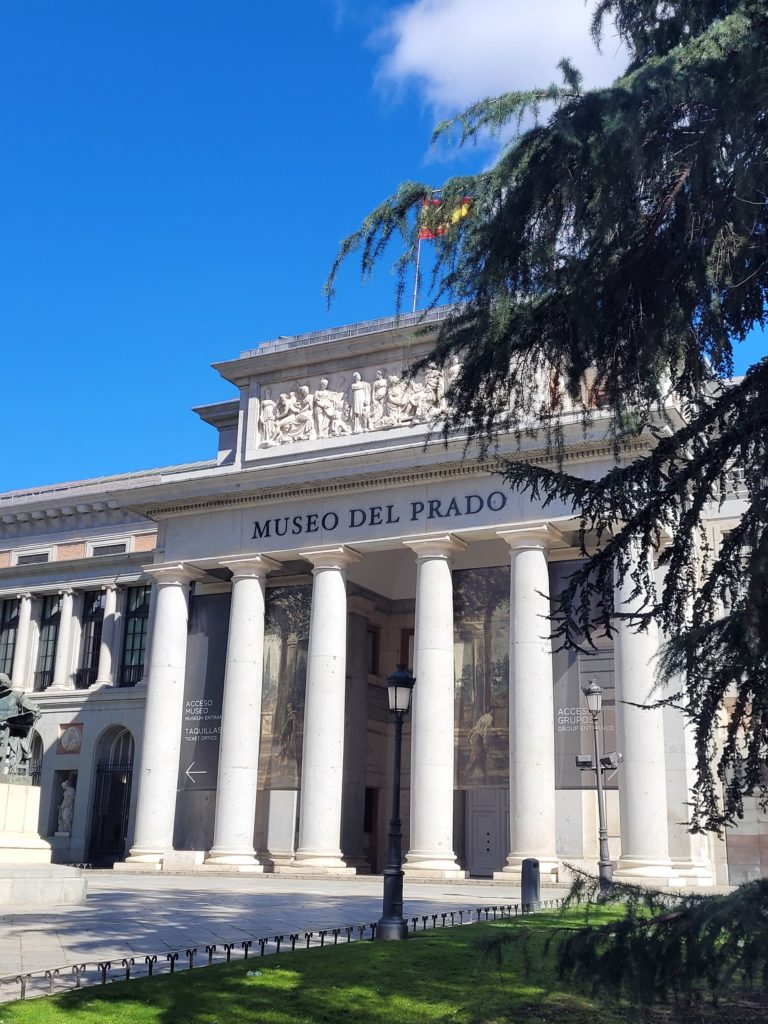
I’ve been inside a lot of European royal palaces, but the one in Madrid is an explosion of opulence. Followers of my travels will know I am a fan of the chandelier, and this place delivers on an epic scale. It is also chinoiserie on steroids. I had no idea that walls could be made of porcelain before I visited here. Book your tickets in advance and avoid the line of tourists snaking across the courtyard. Ditto the Prado. When we came out at 4.30 pm, they were queuing around the block which looked frankly miserable.
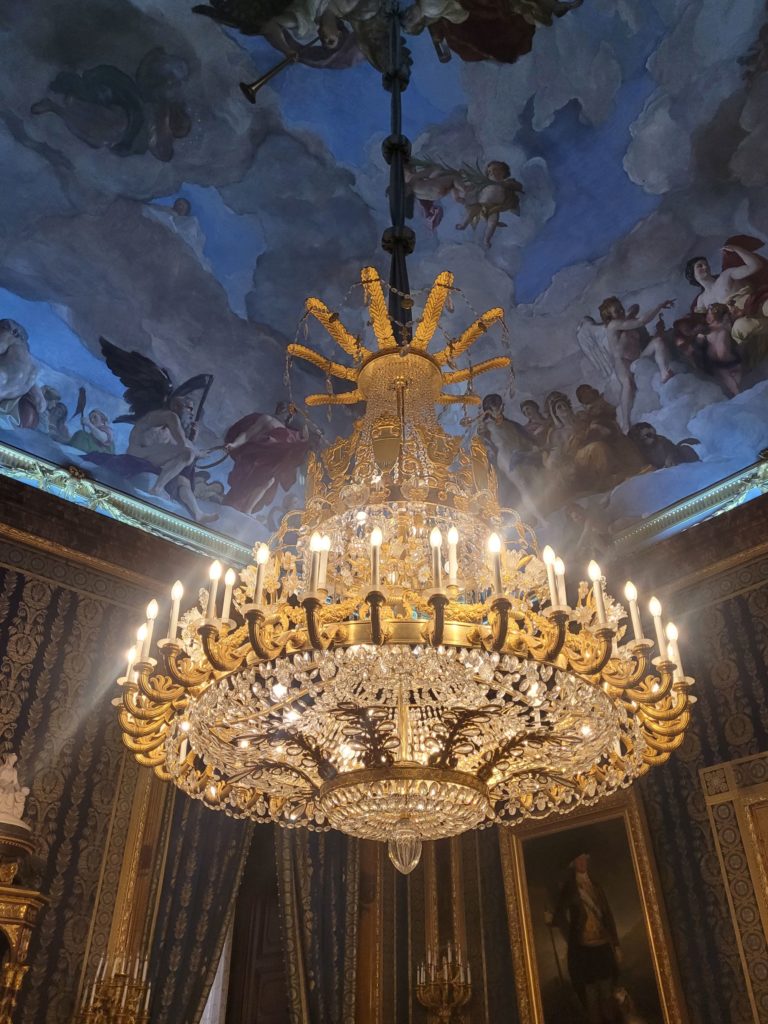
Madrid has really whetted the whistle for more Hispanic jaunts. It’s well-connected for high-speed rail and you can get to Cordoba in under two hours which has long been on my wish list. Next up, the Dordogne in May for a writing retreat (if writing a blog about writing isn’t too meta…..)
